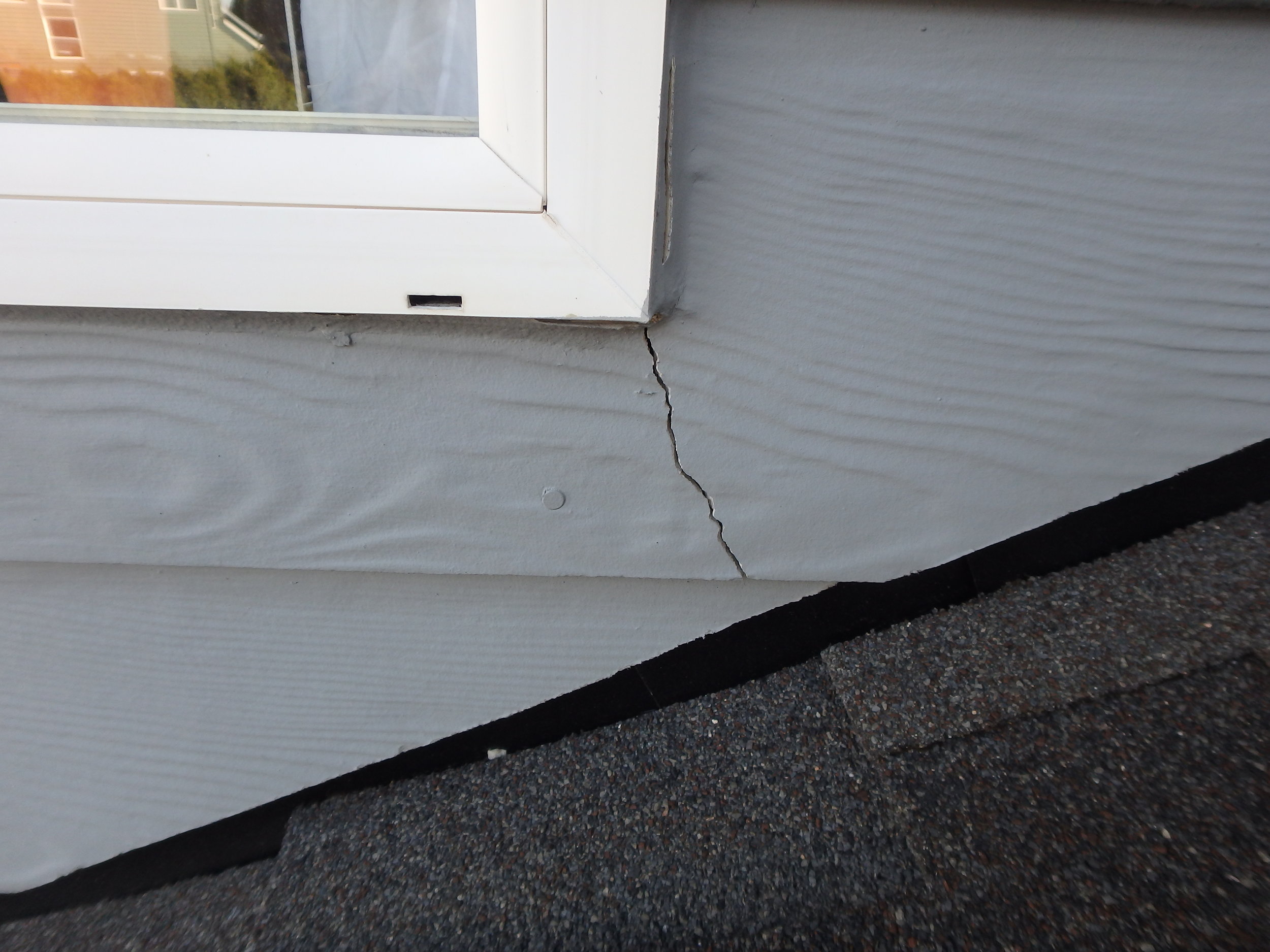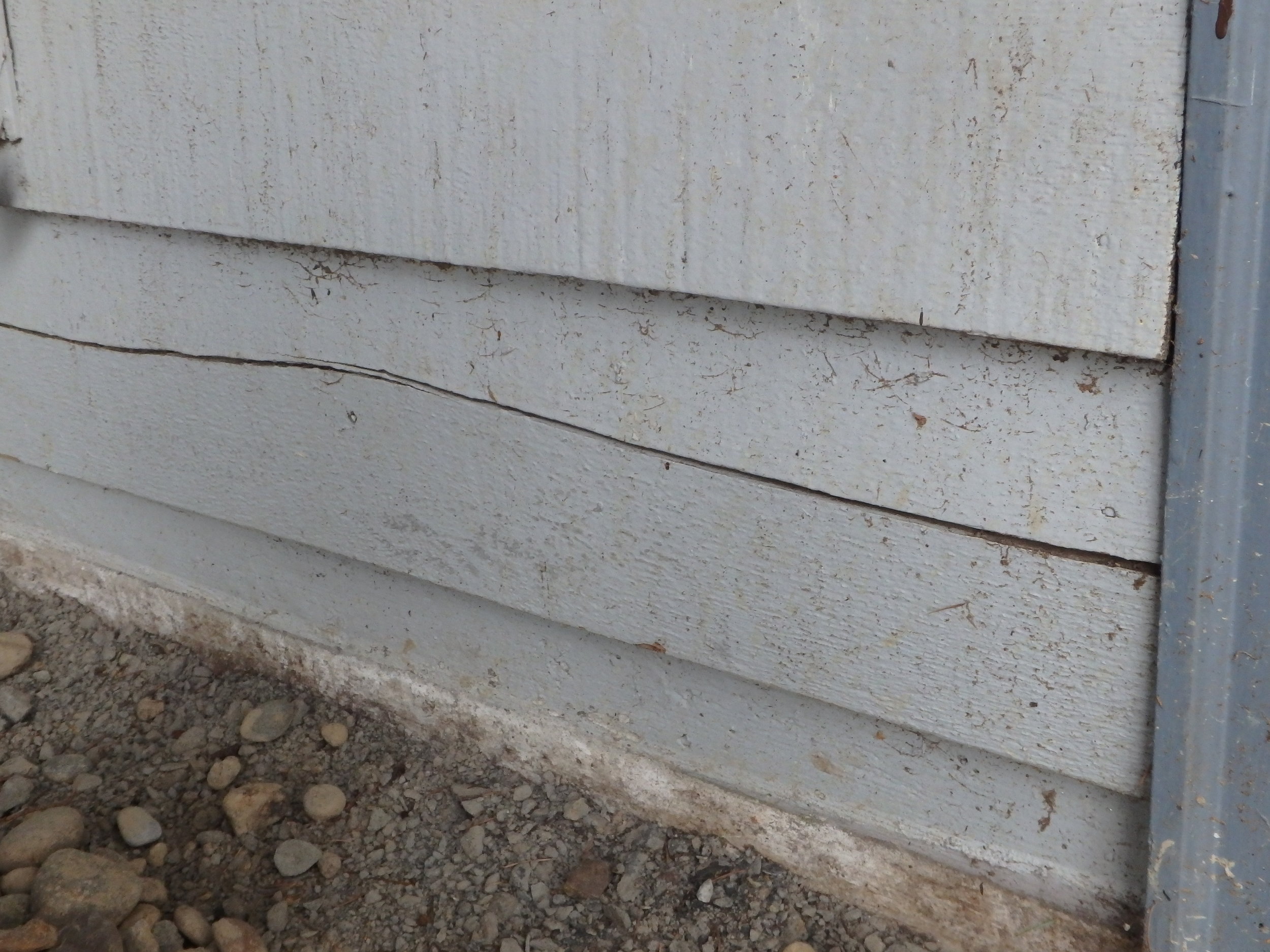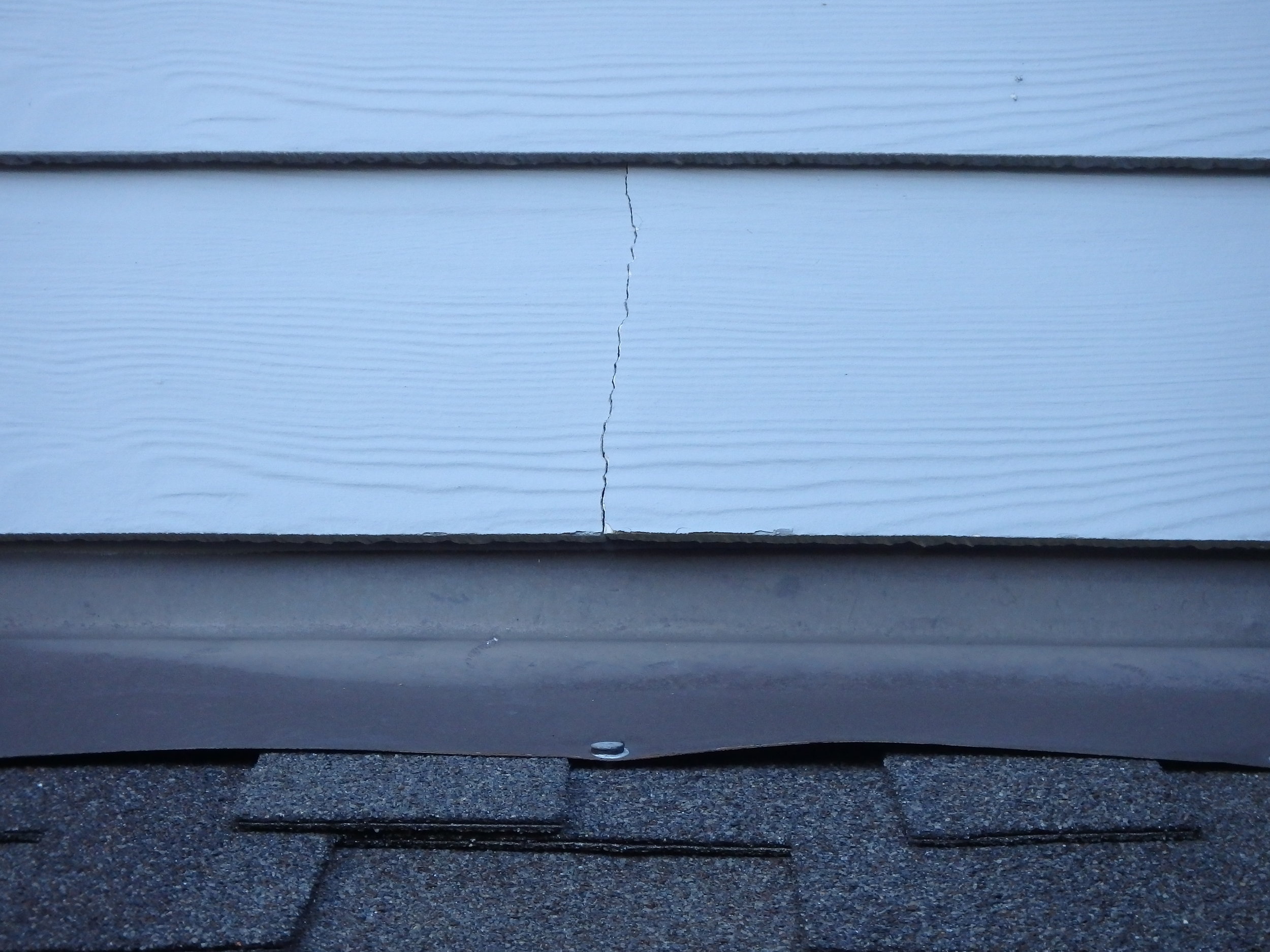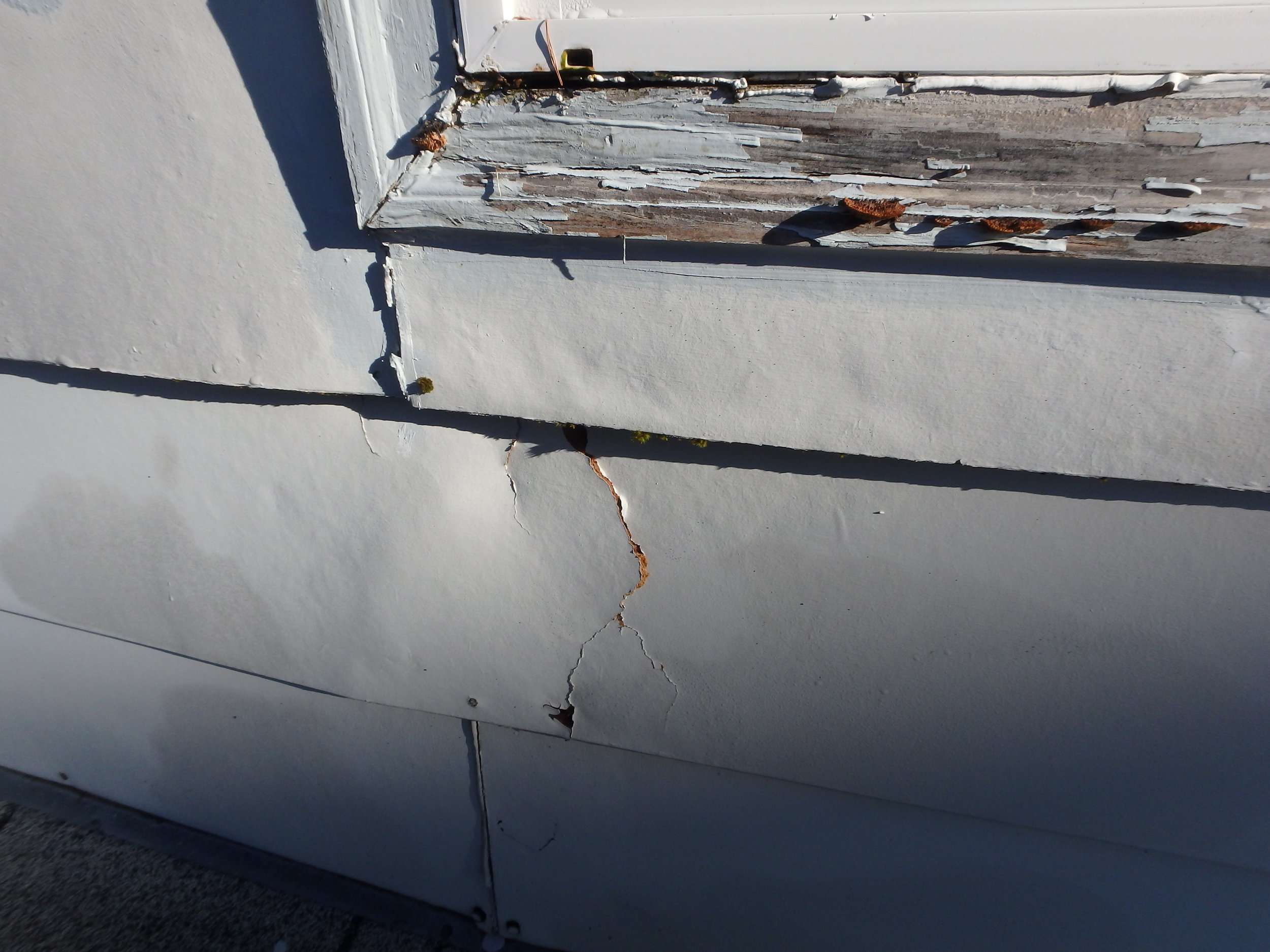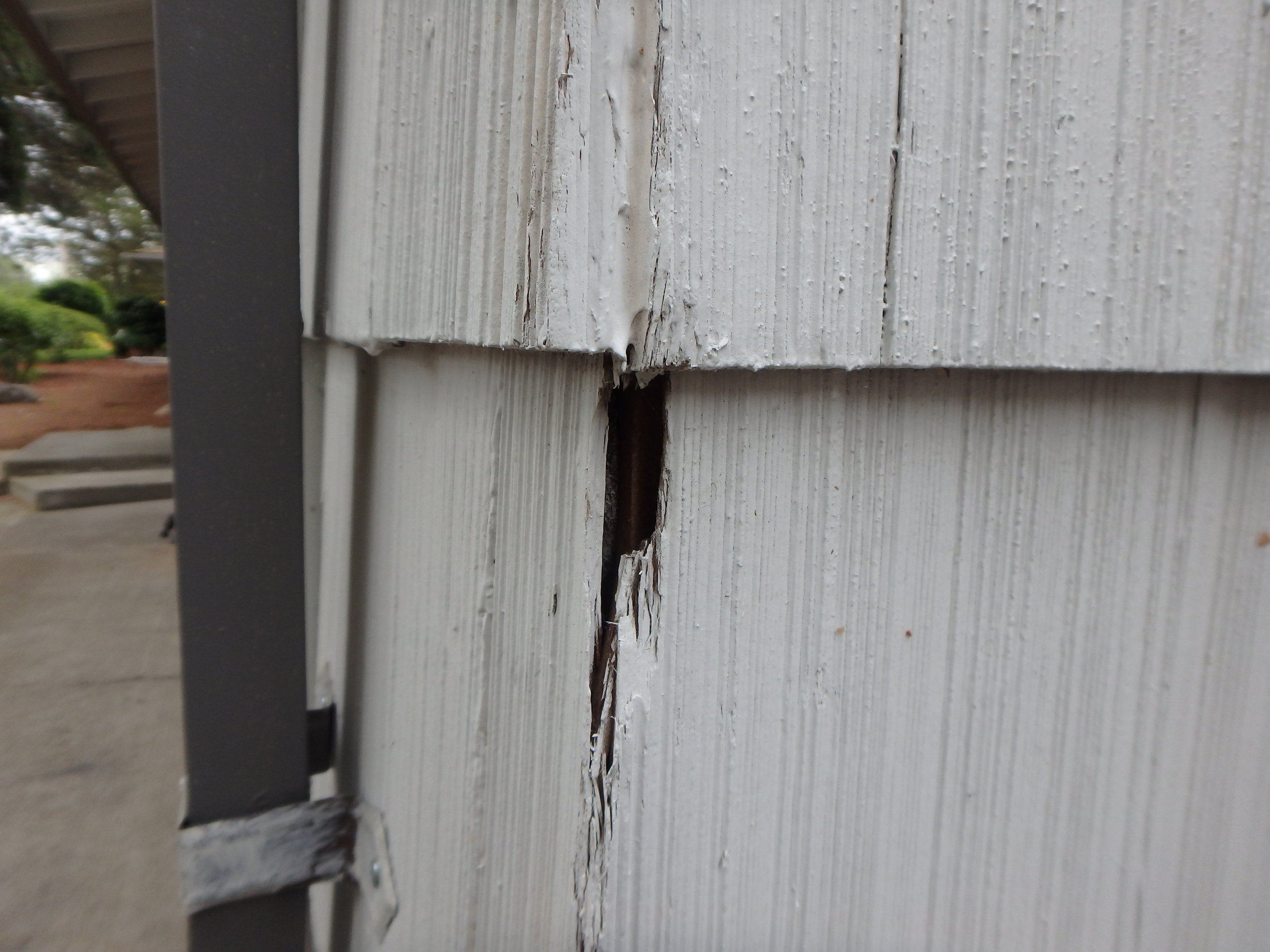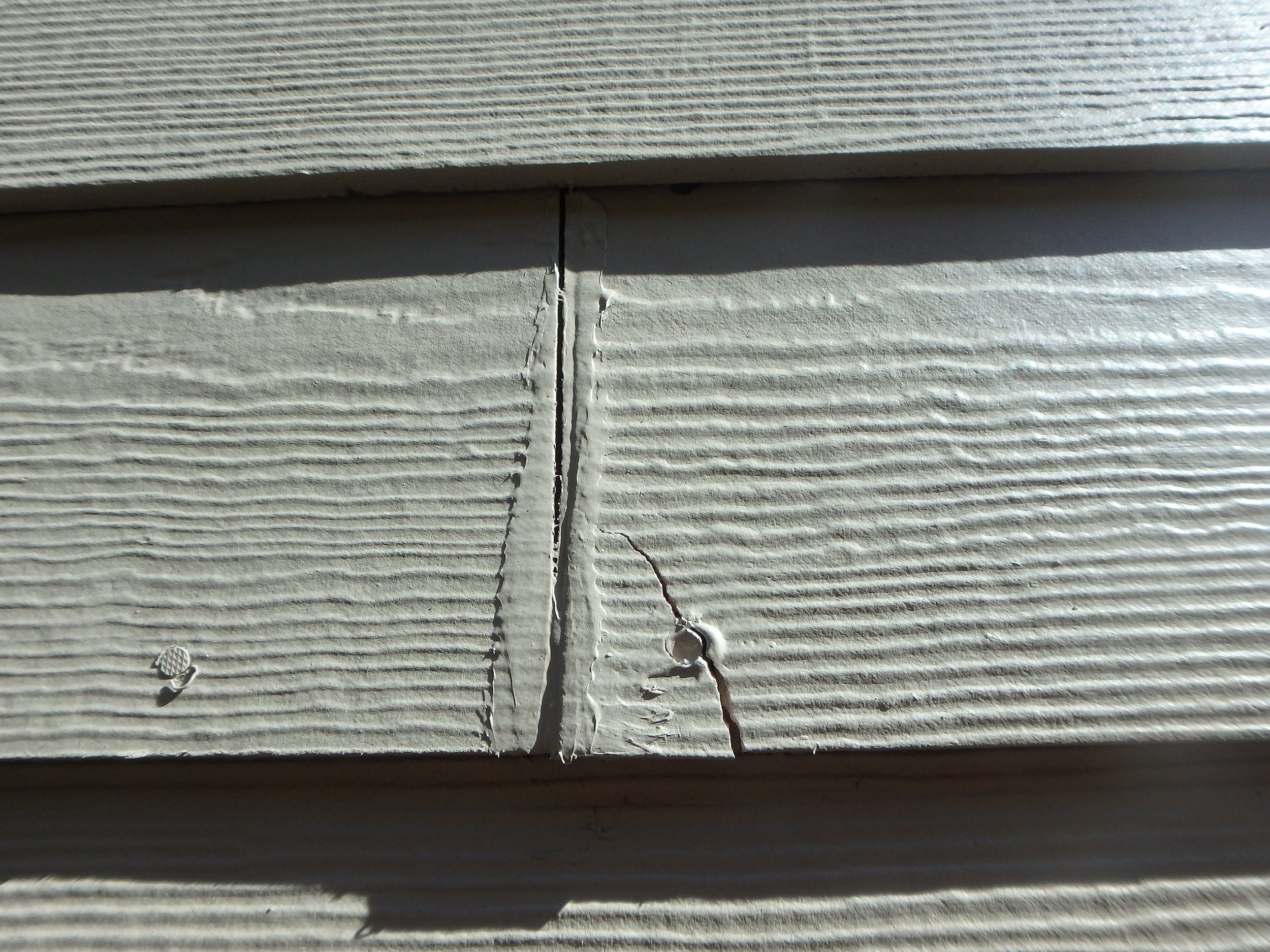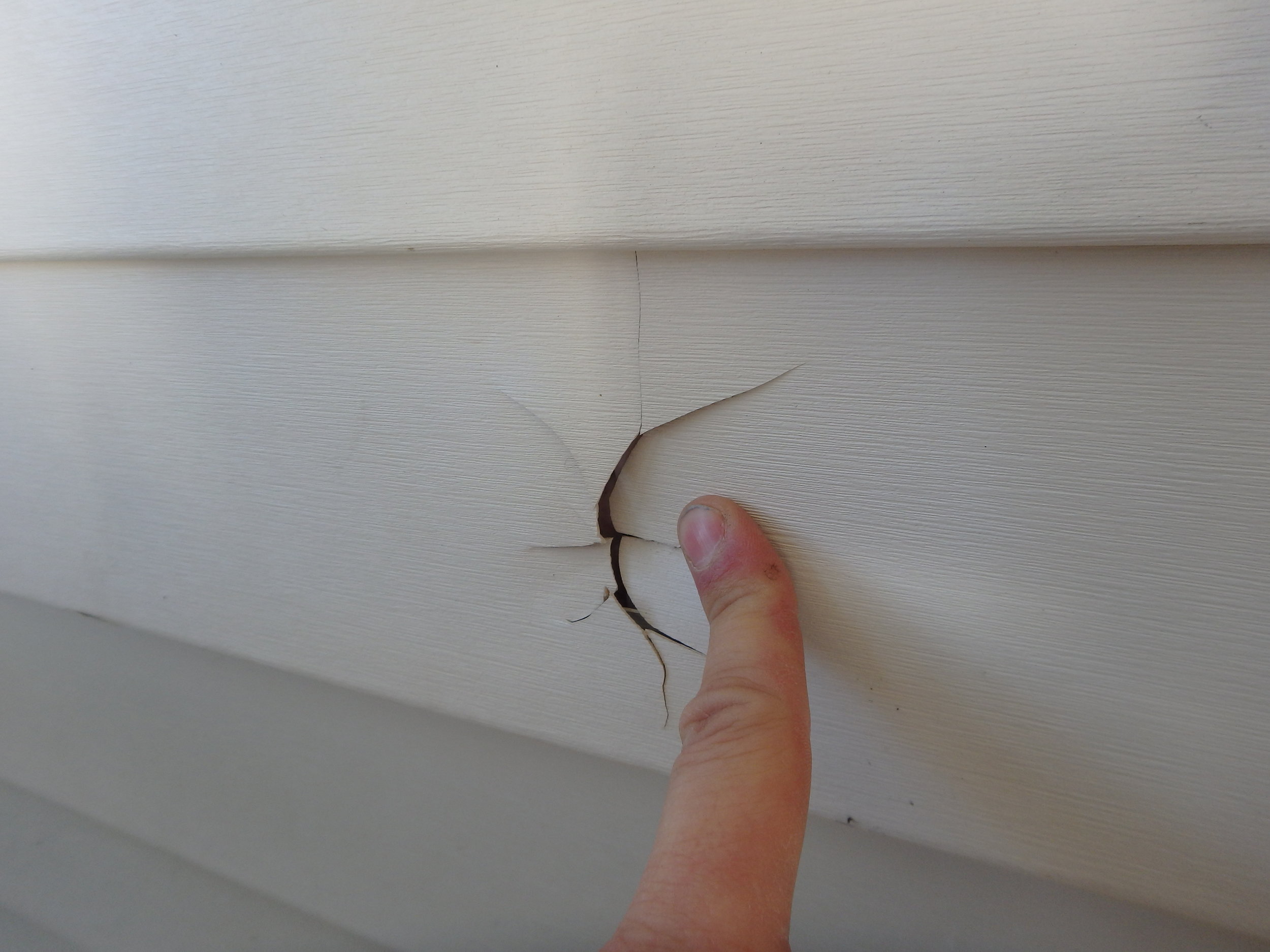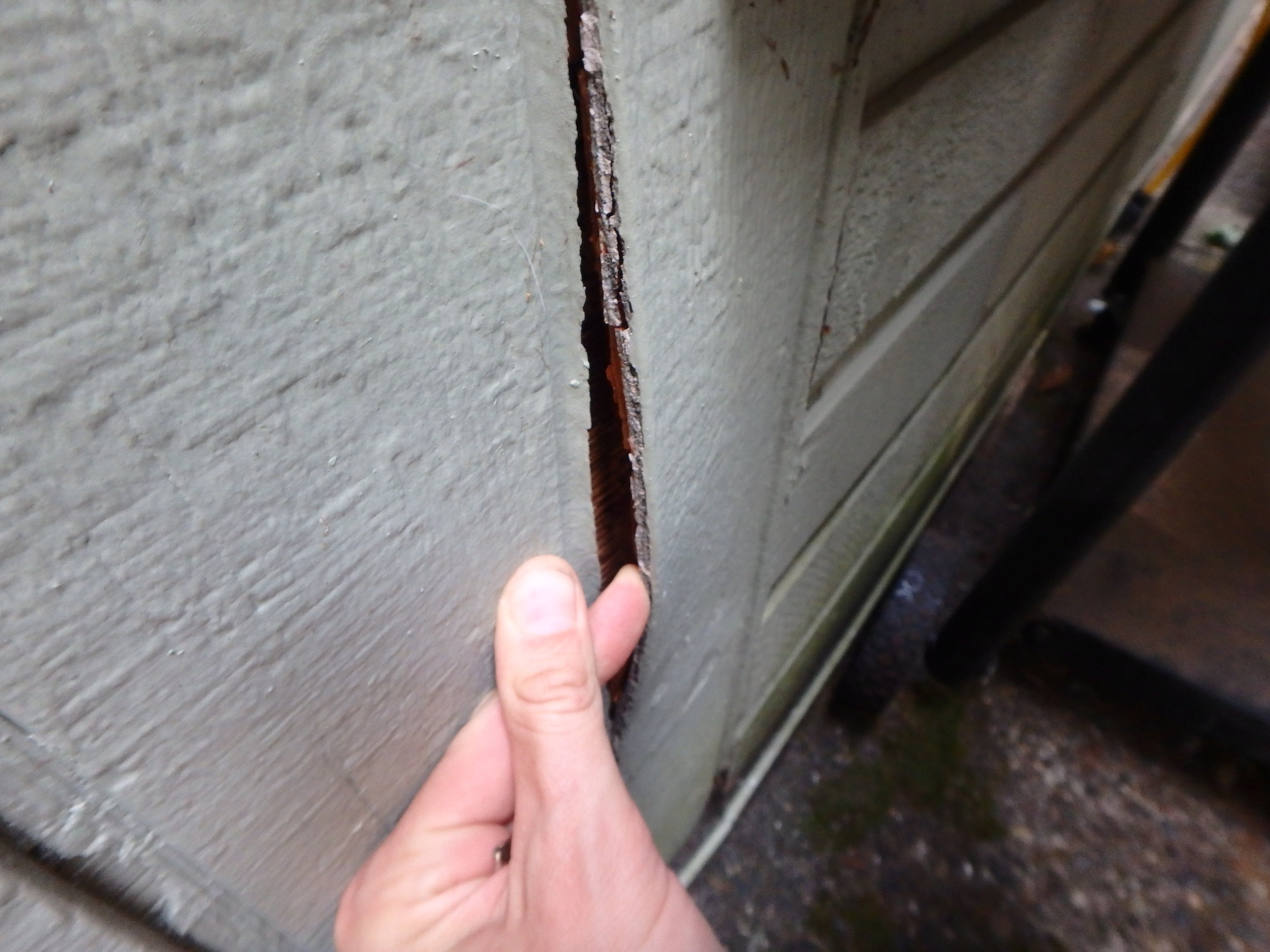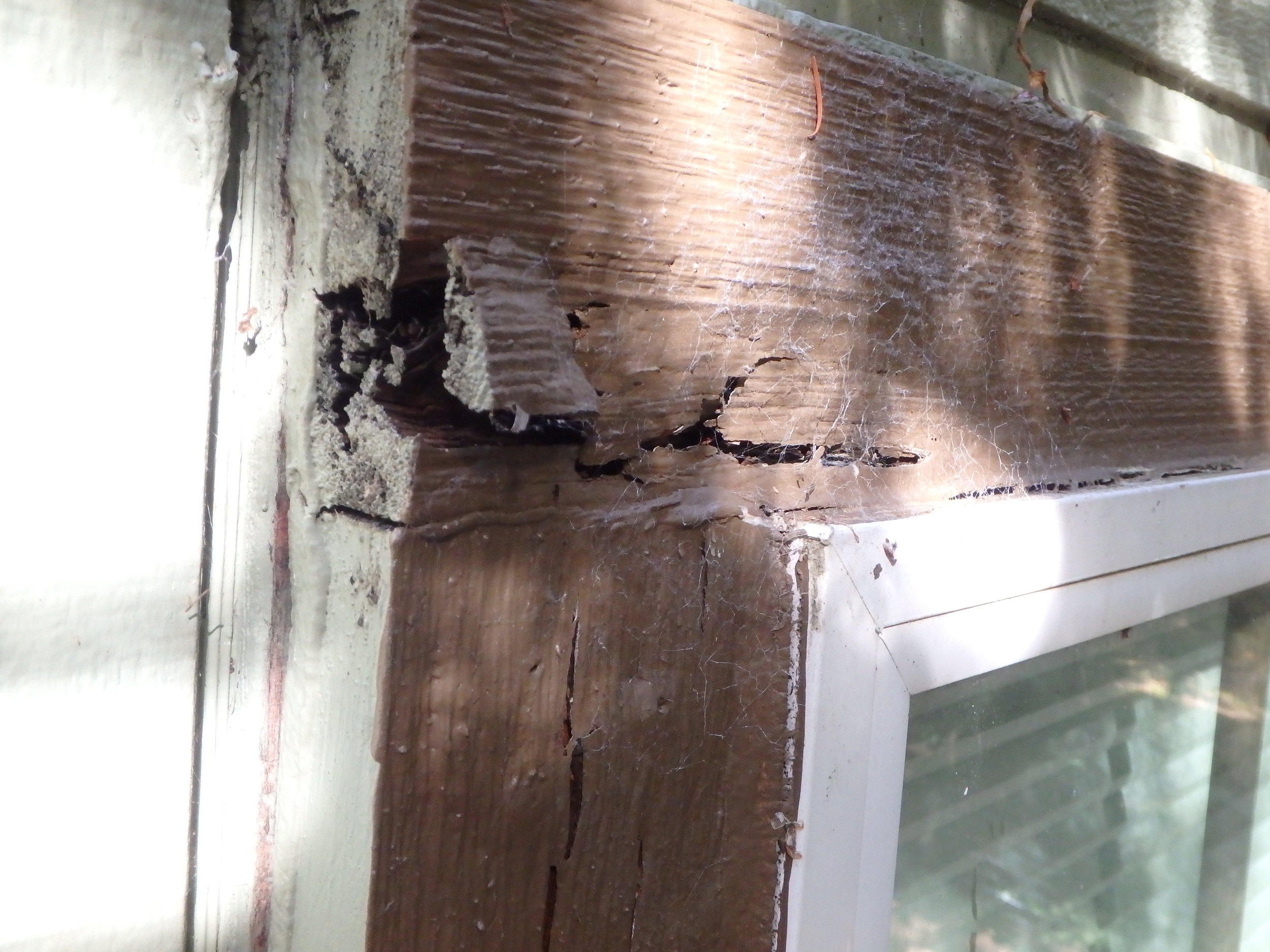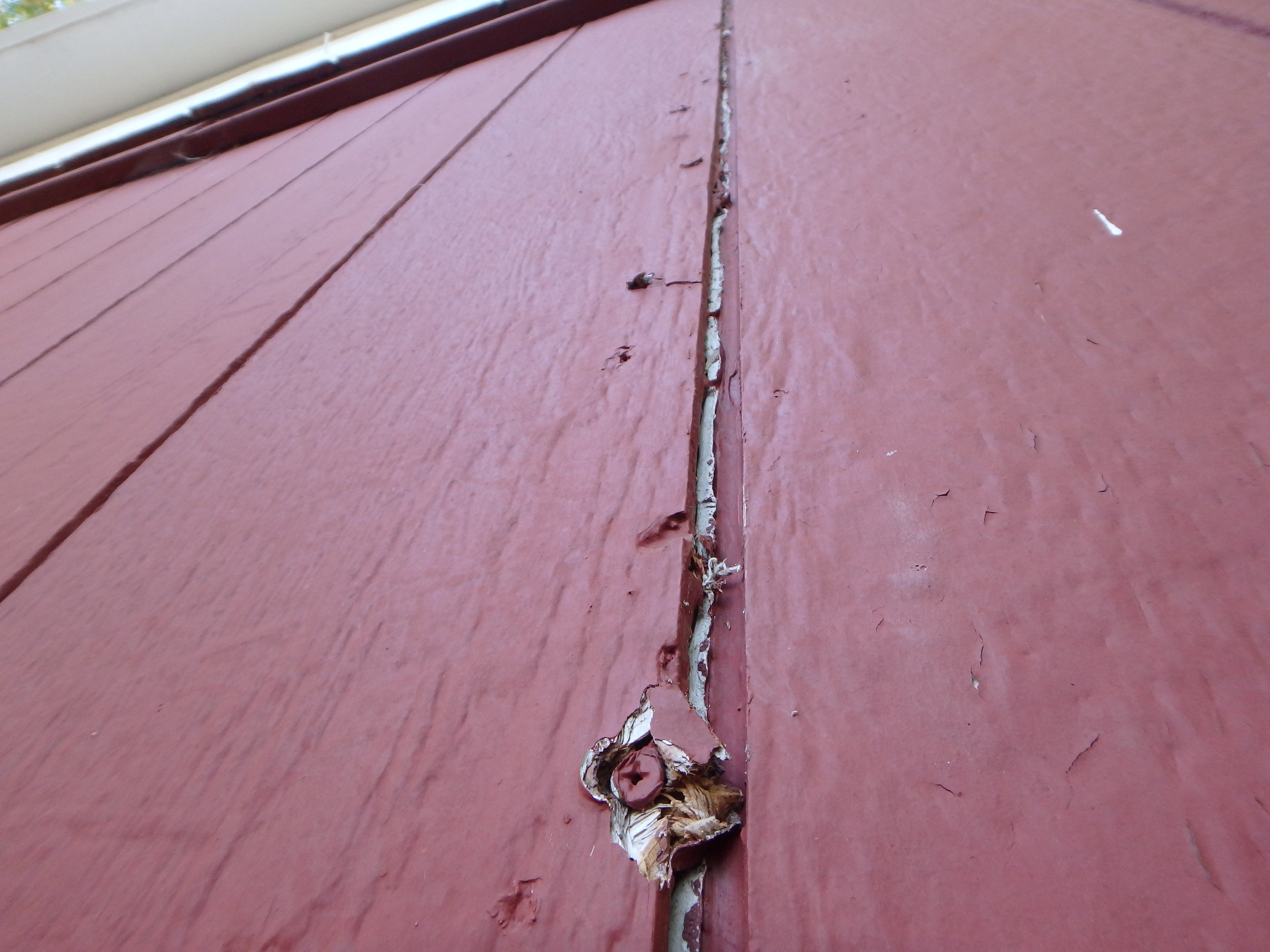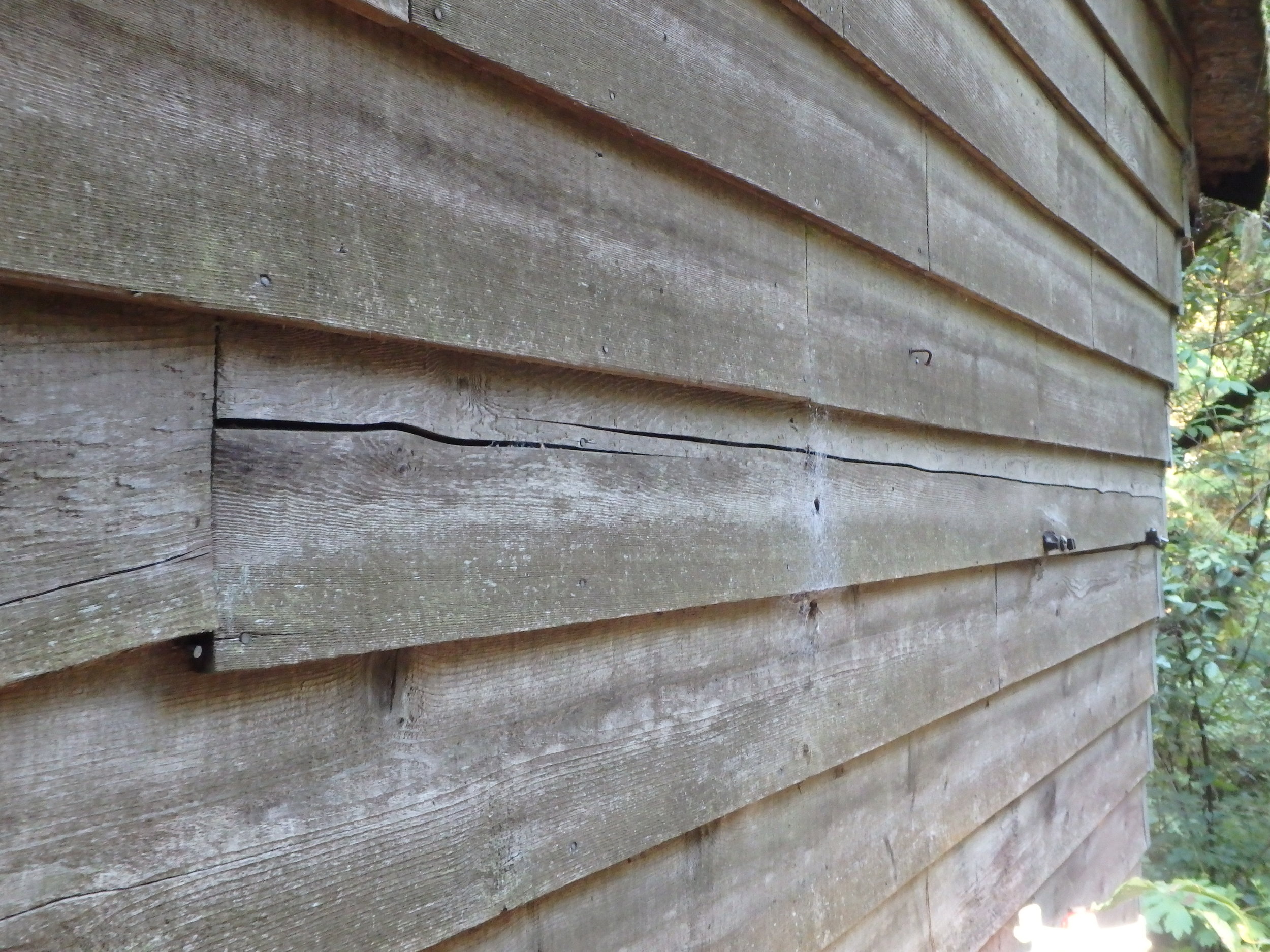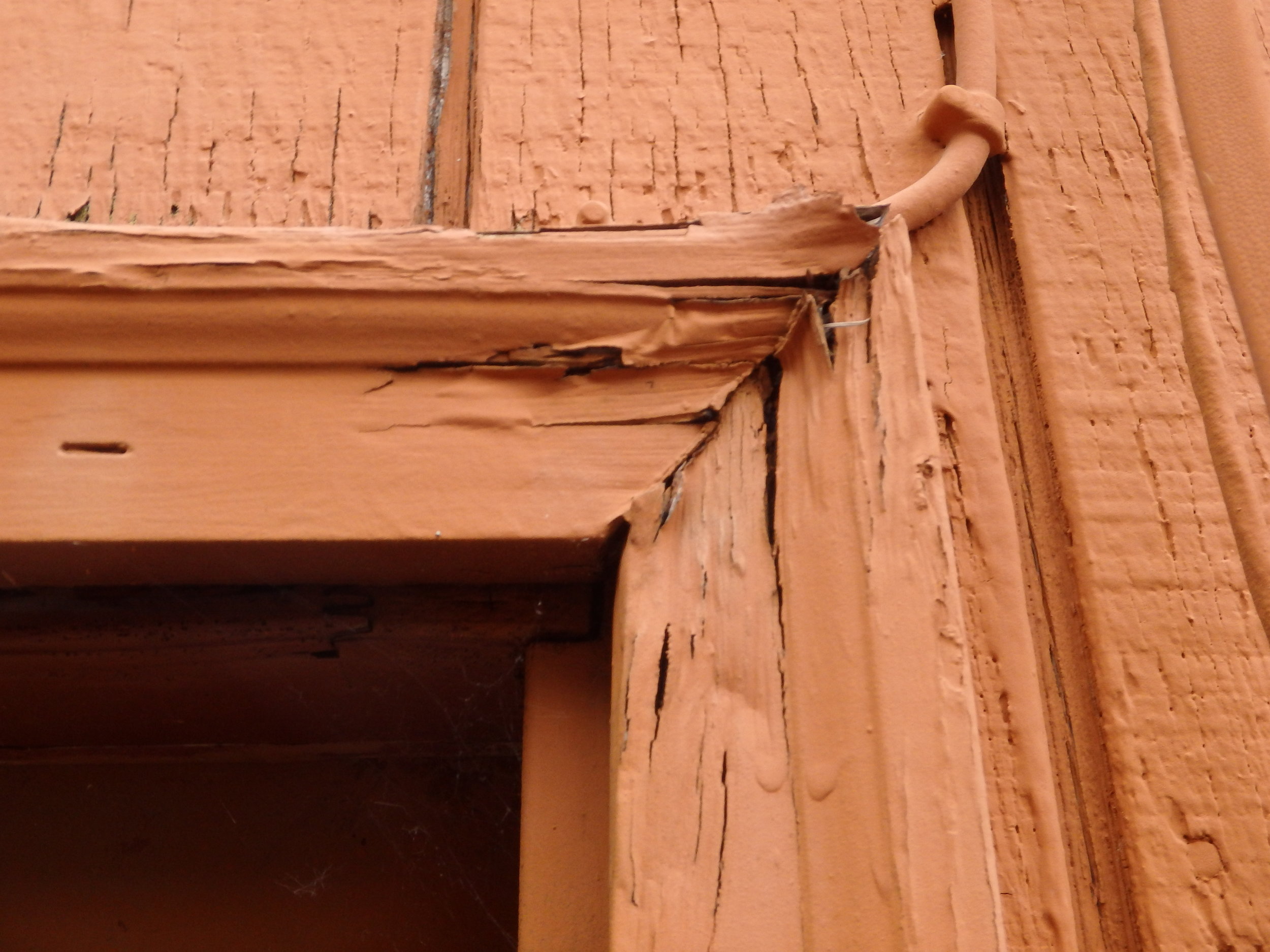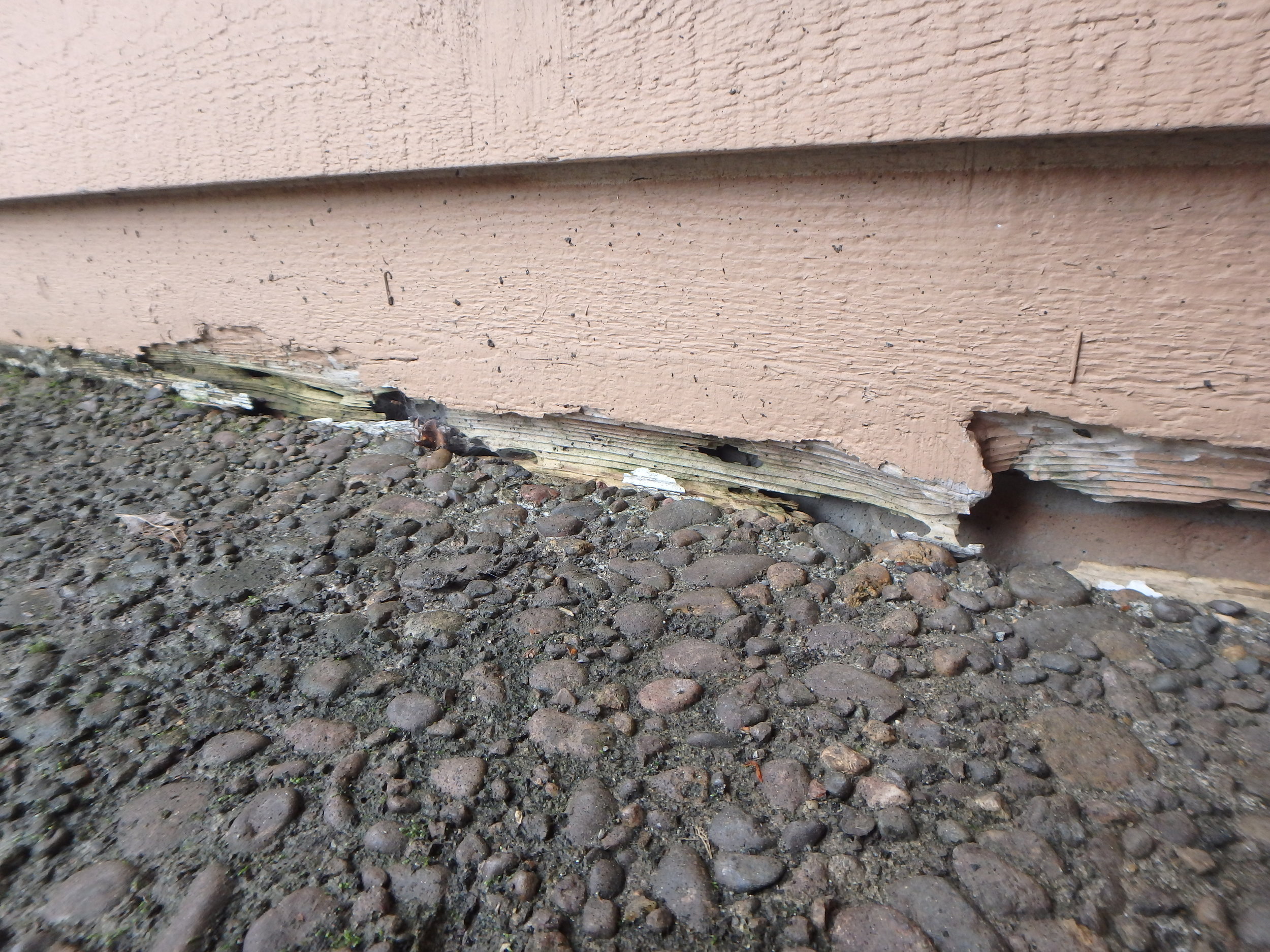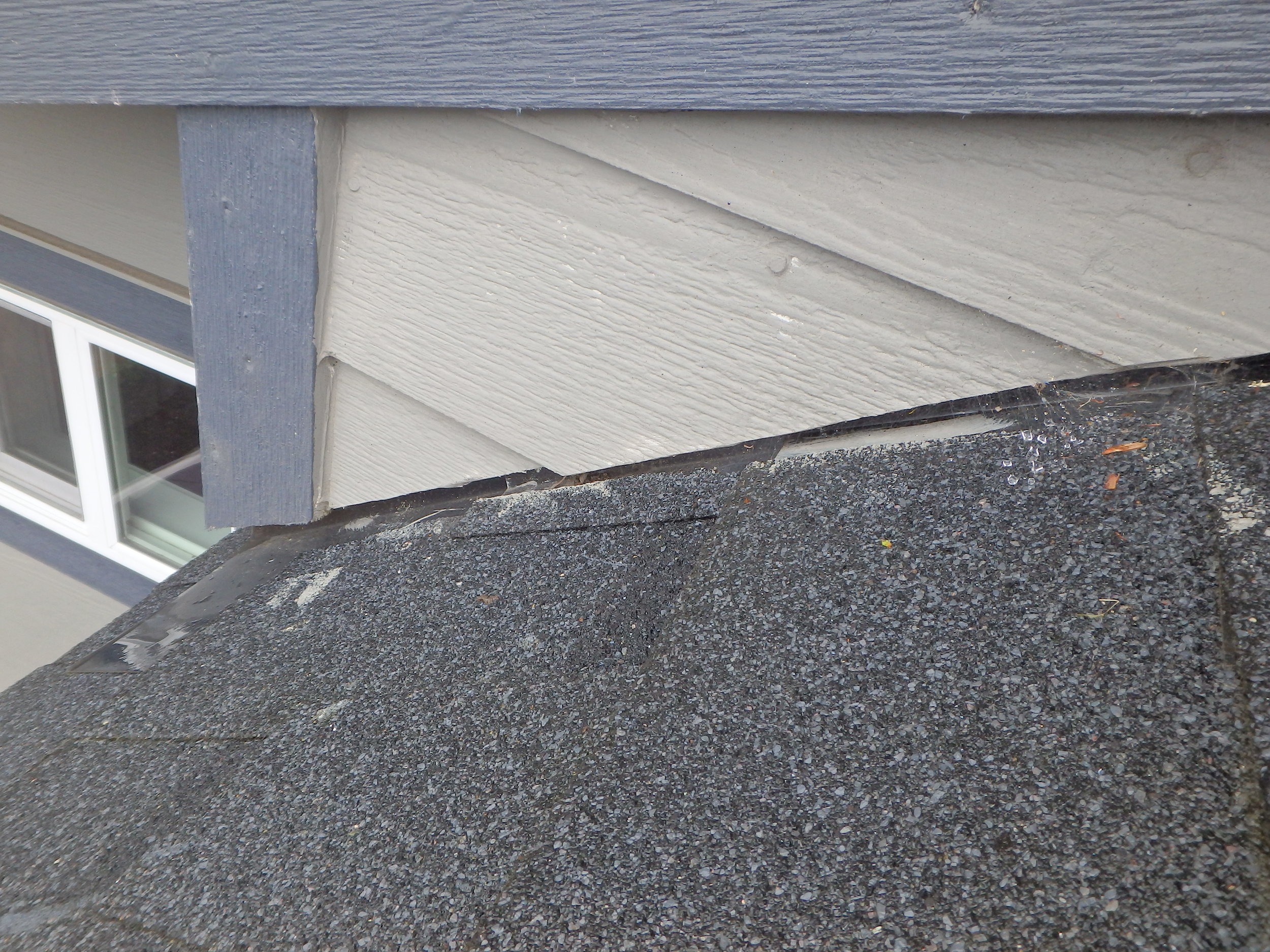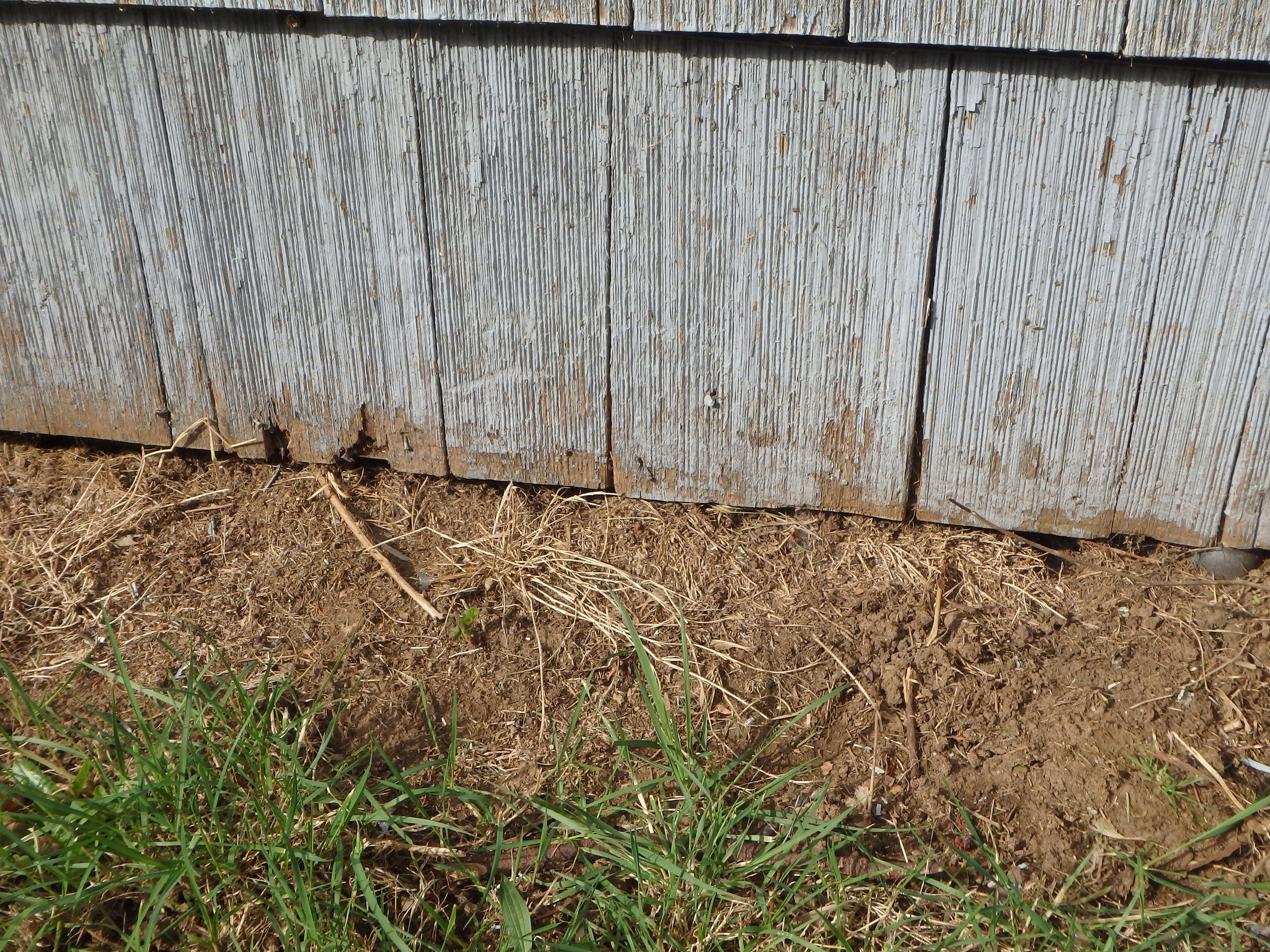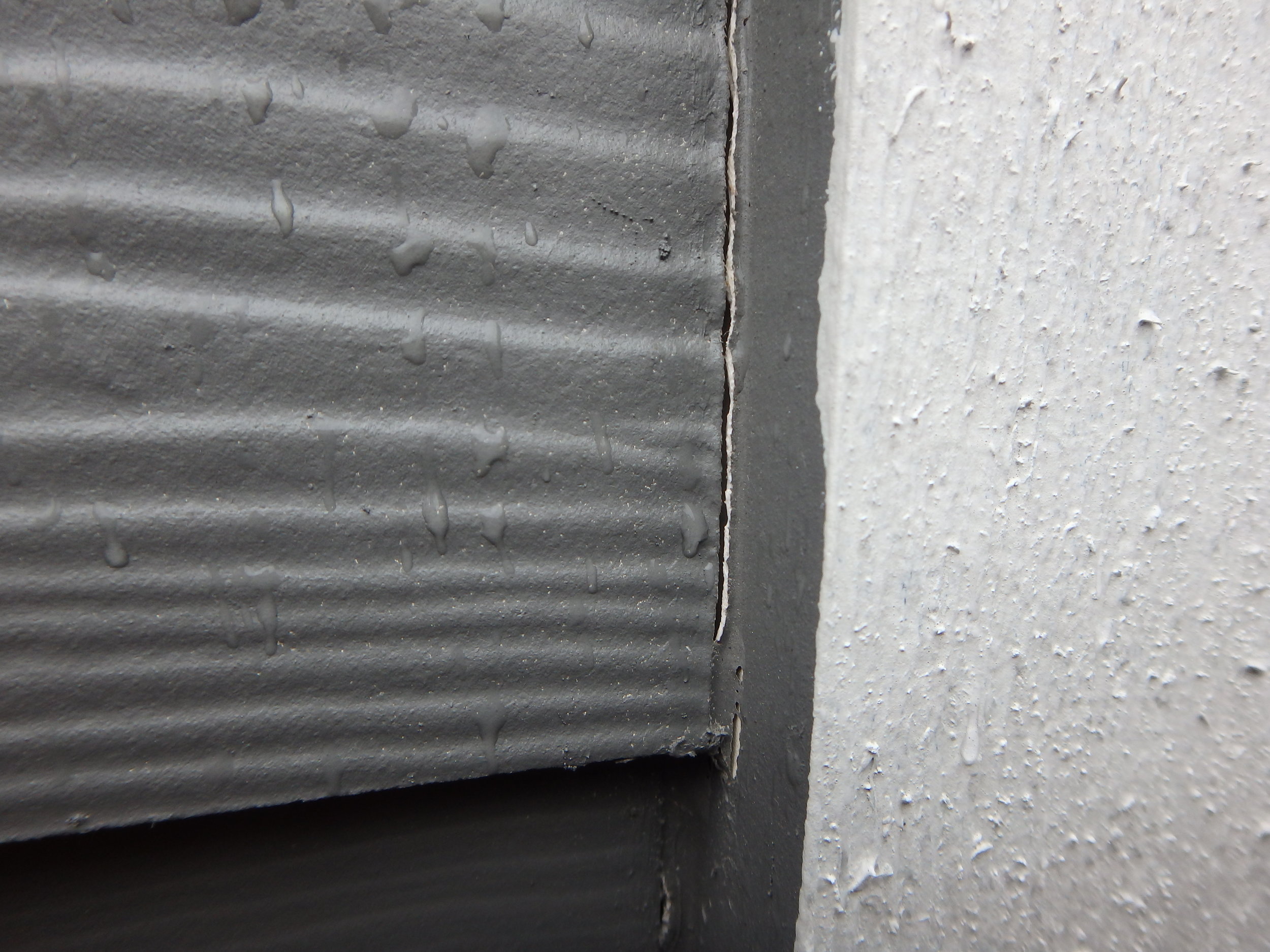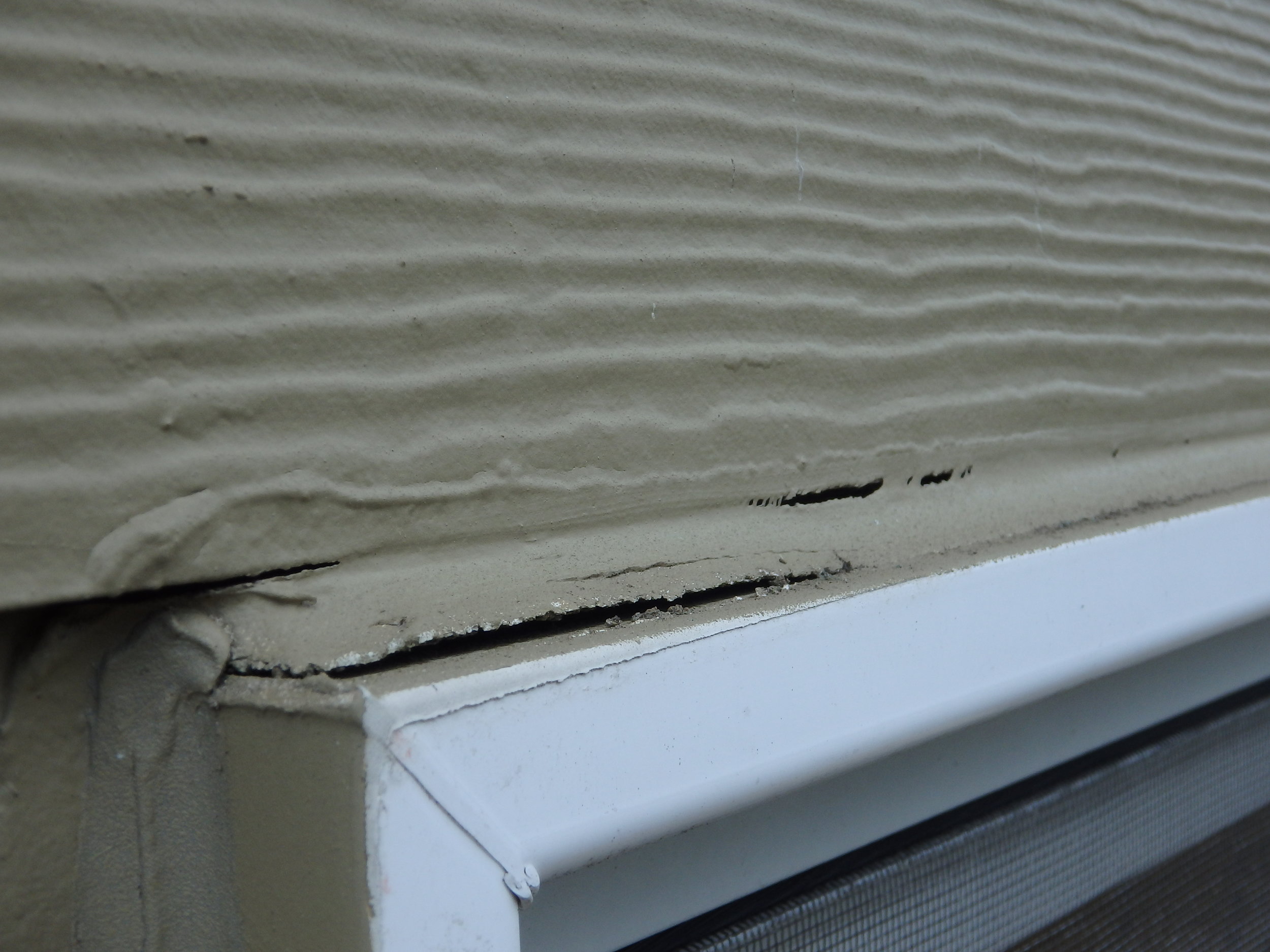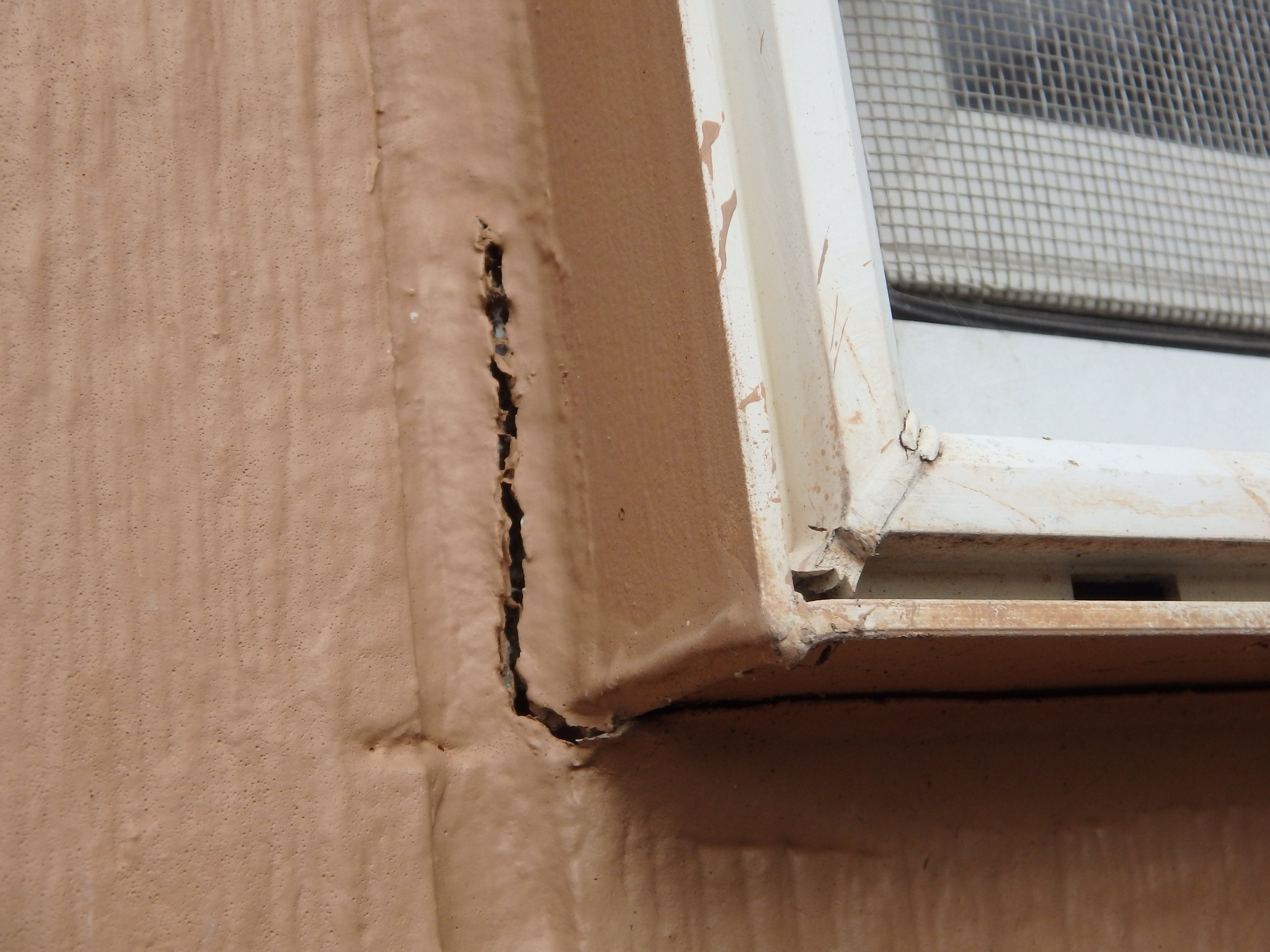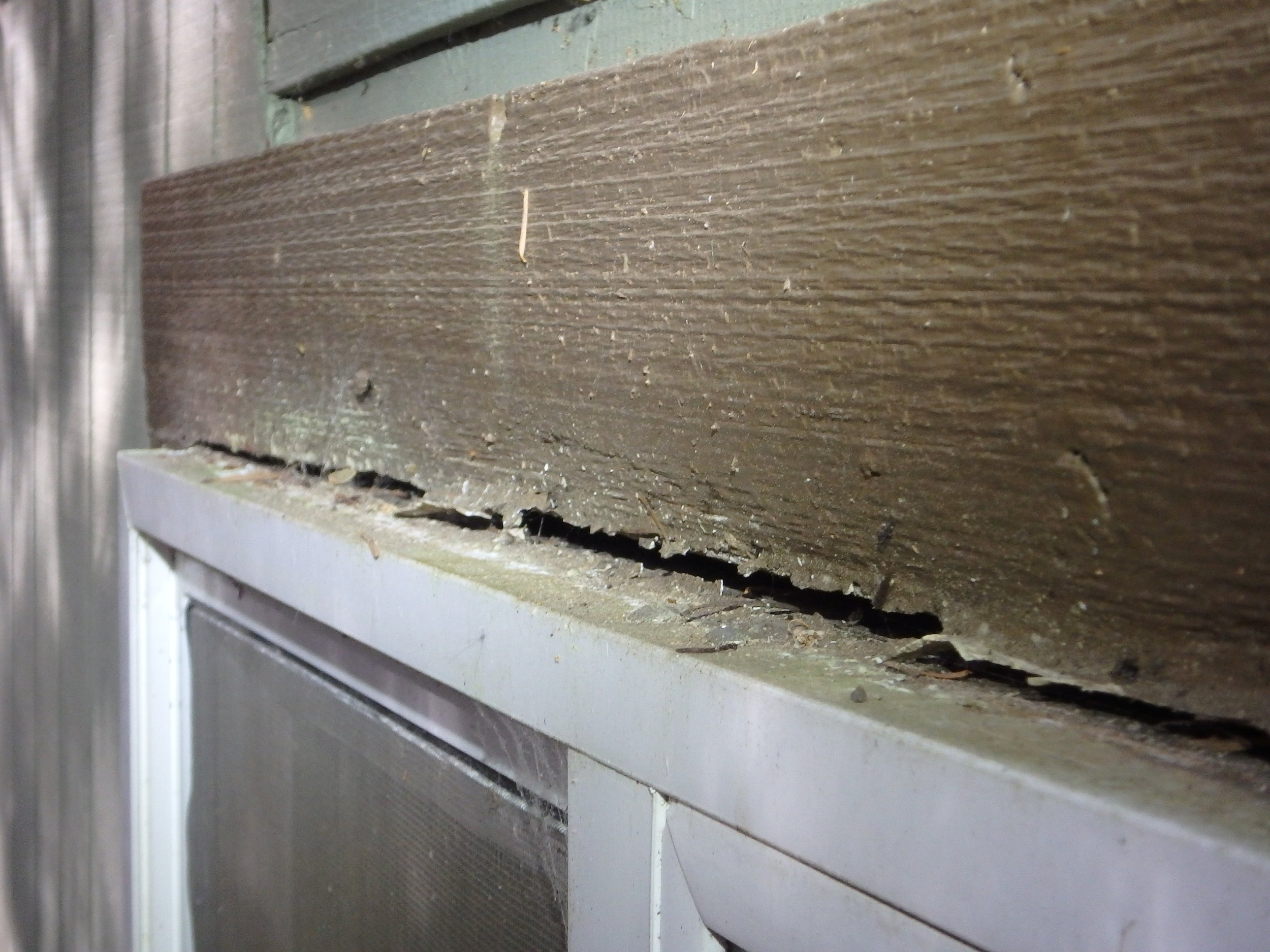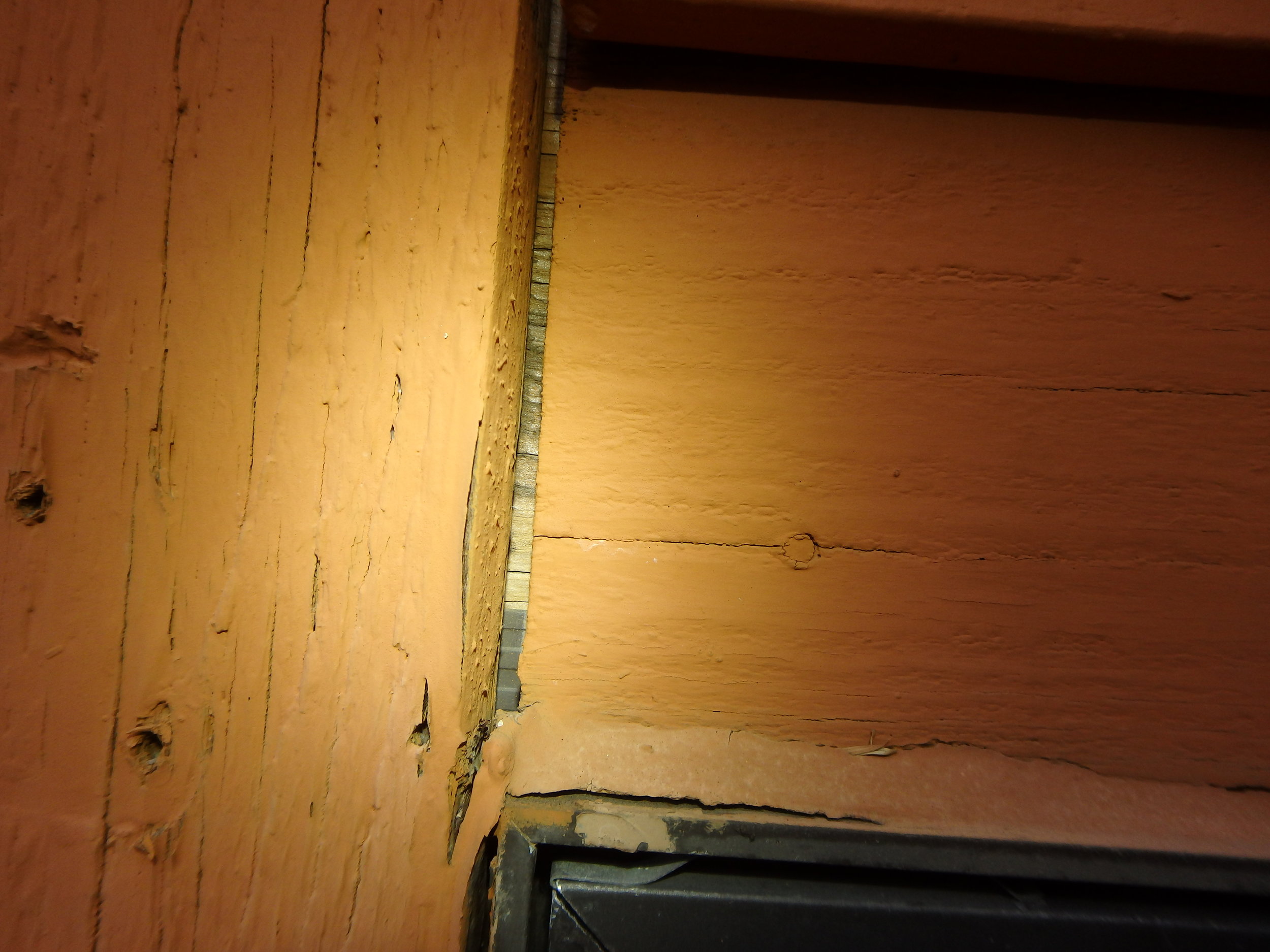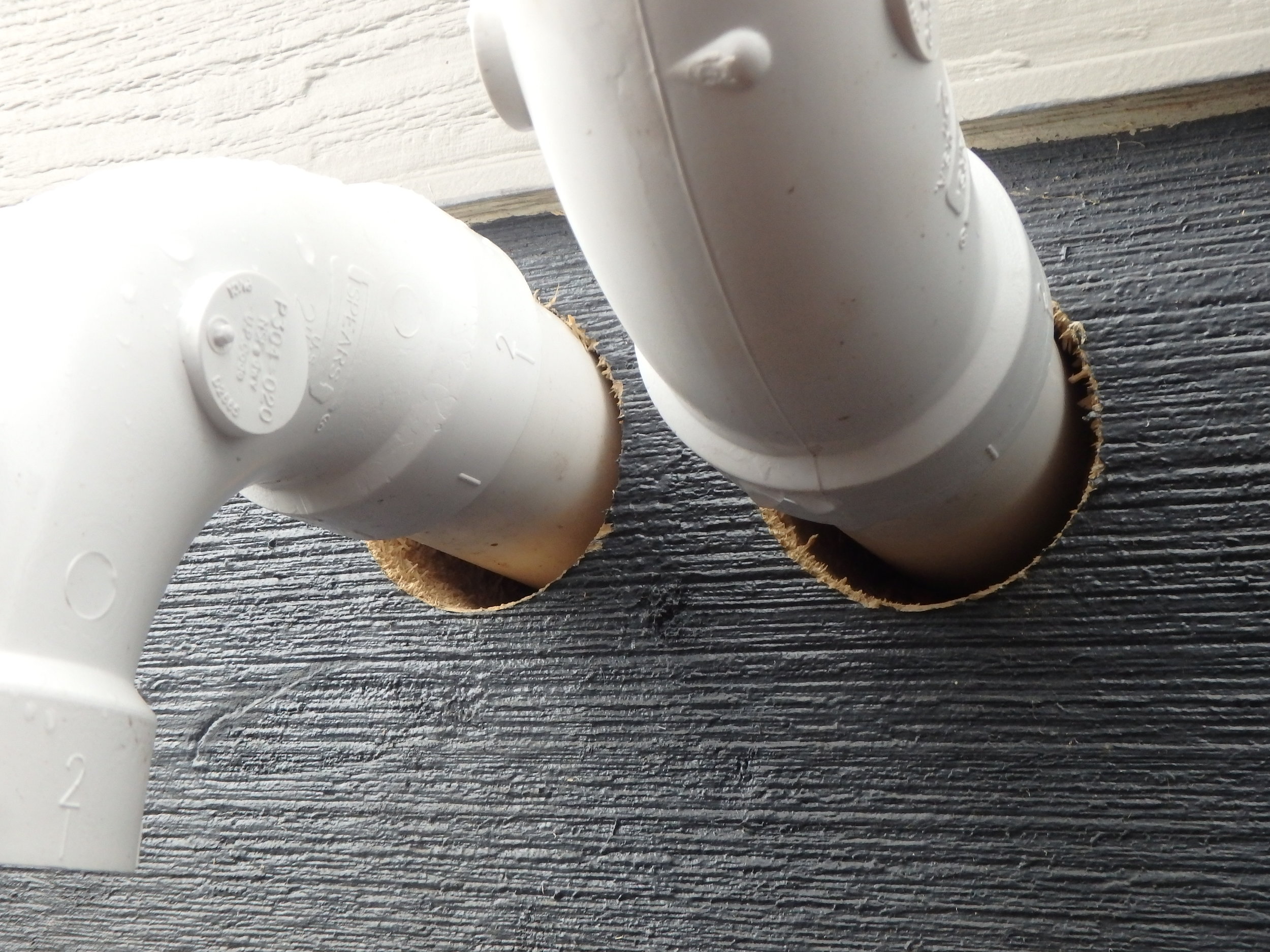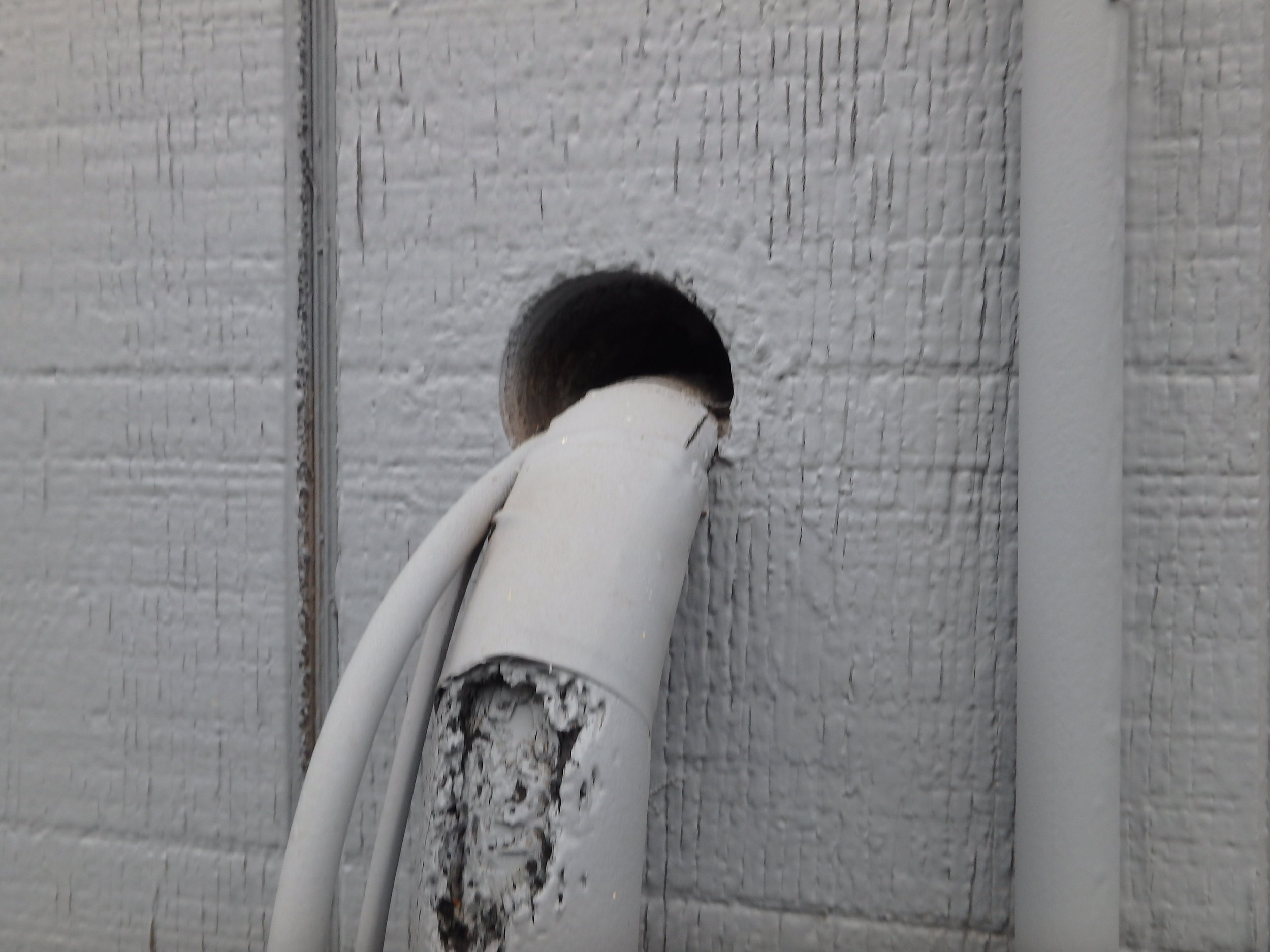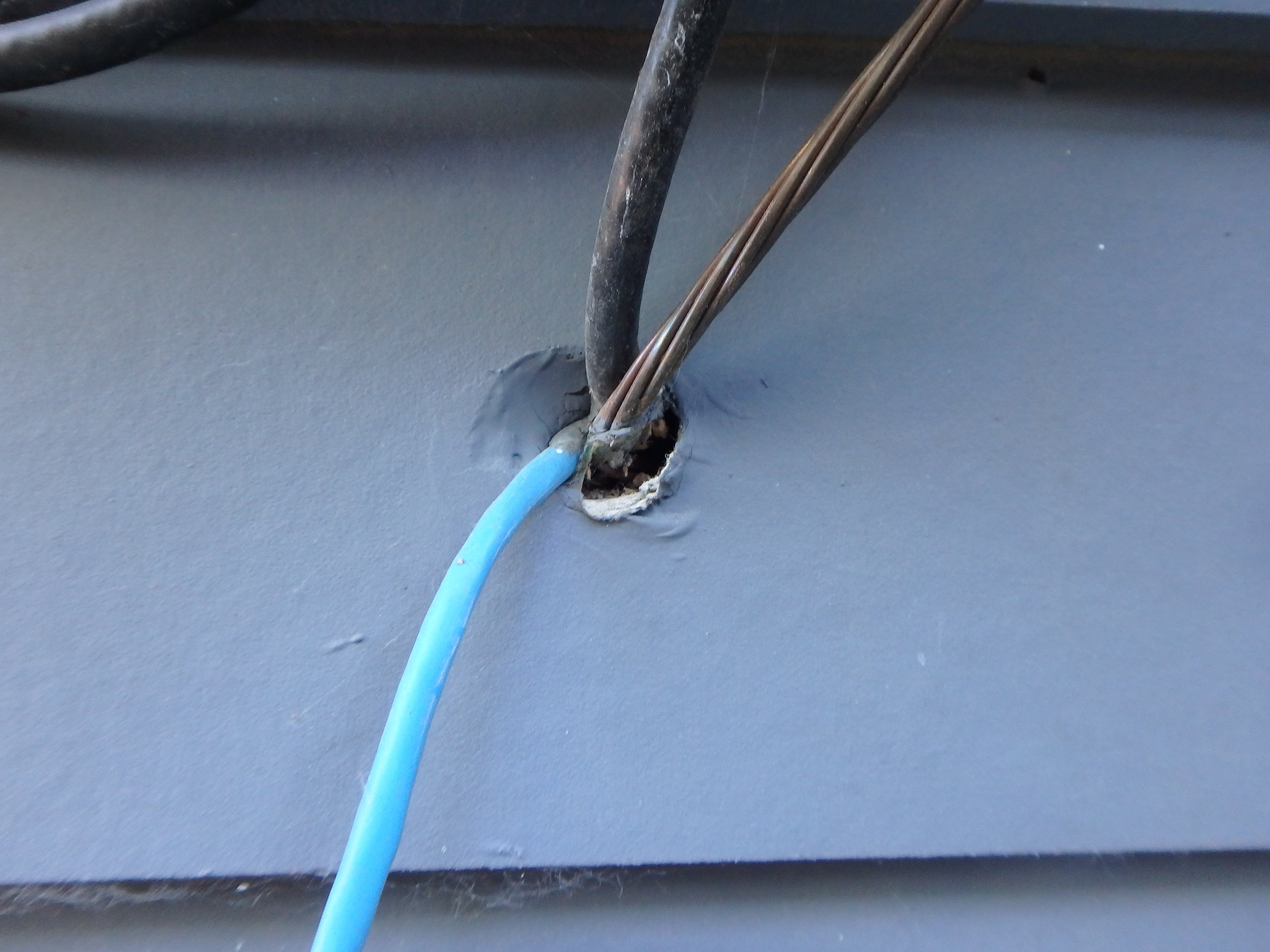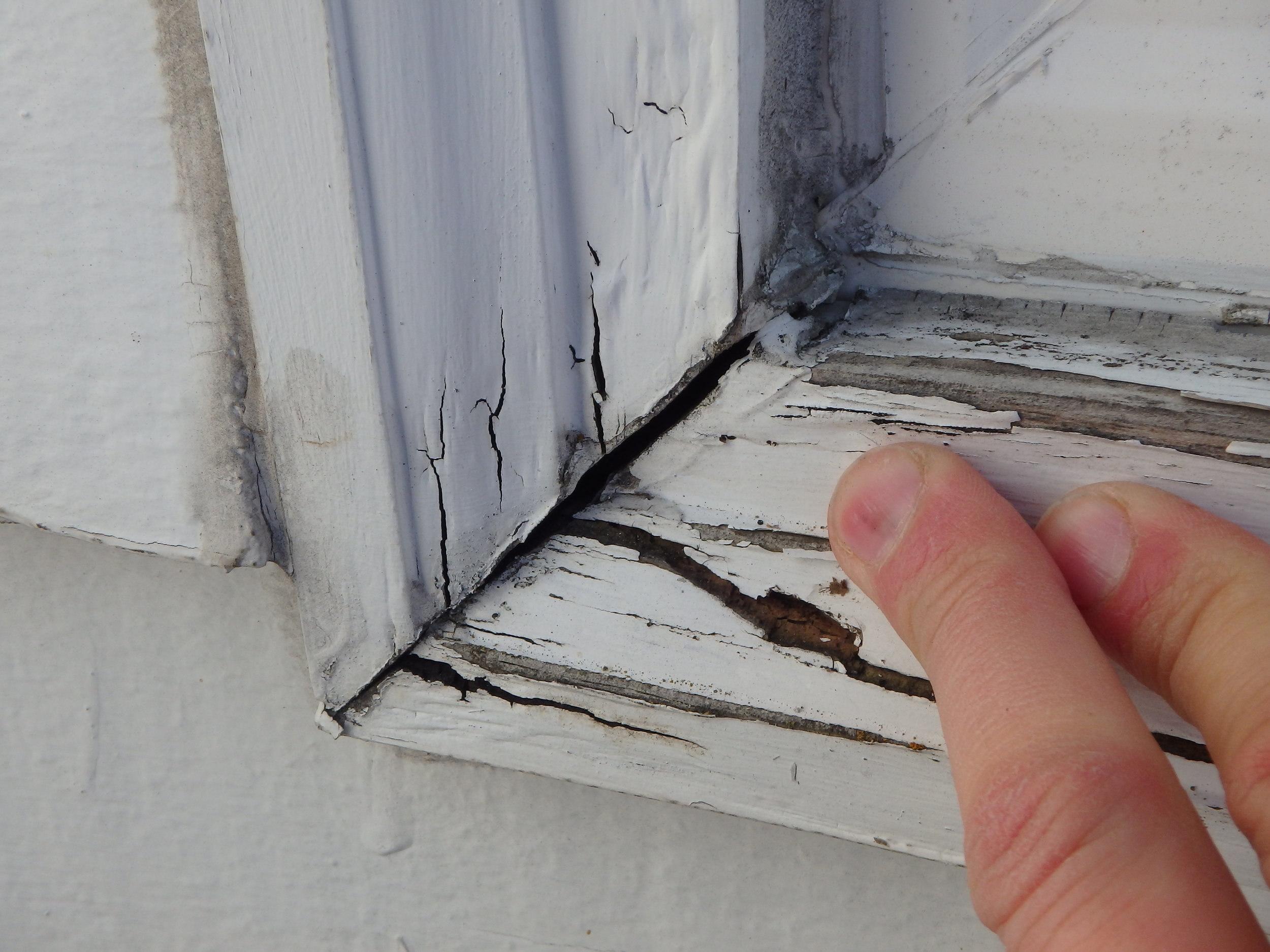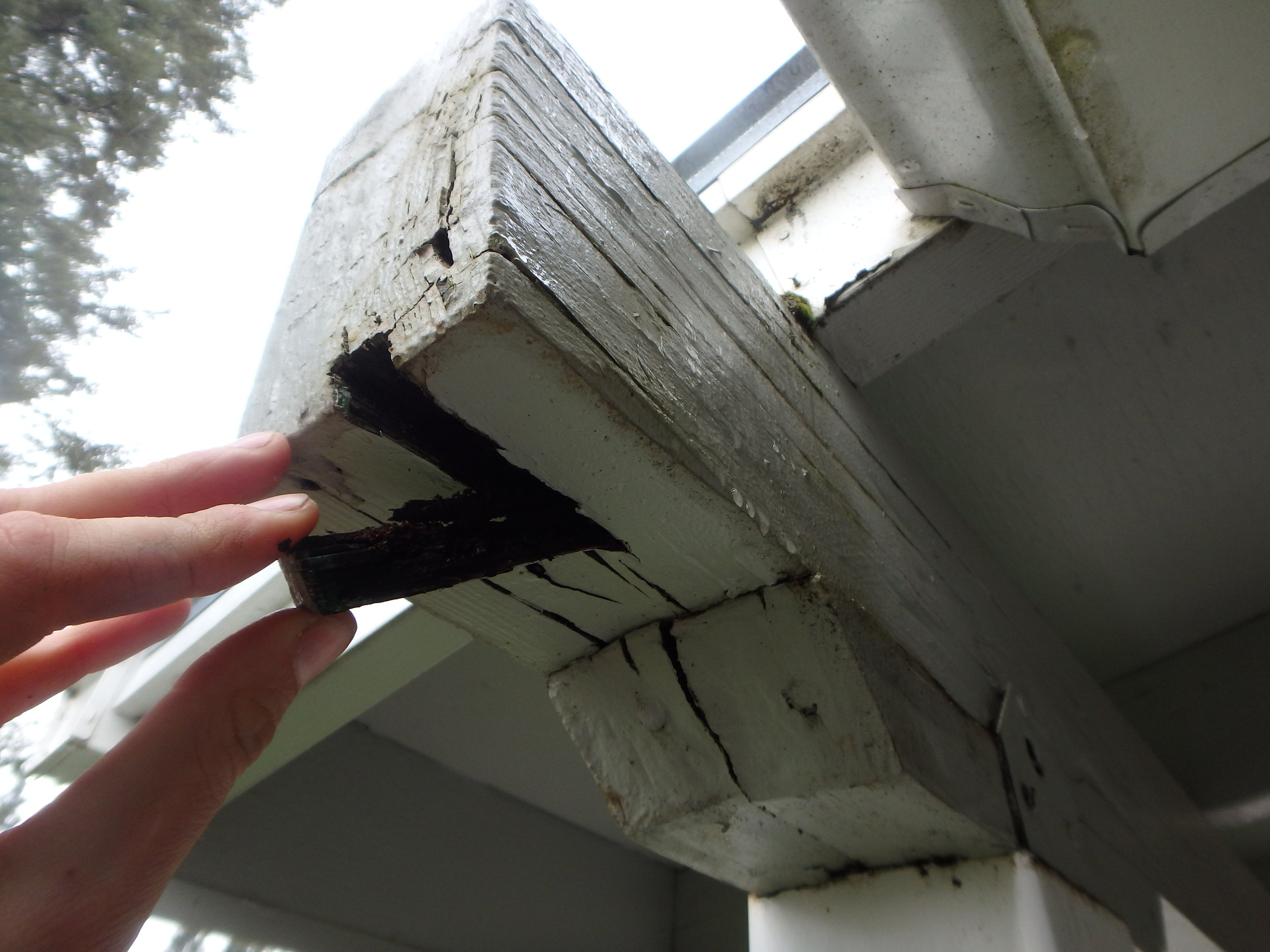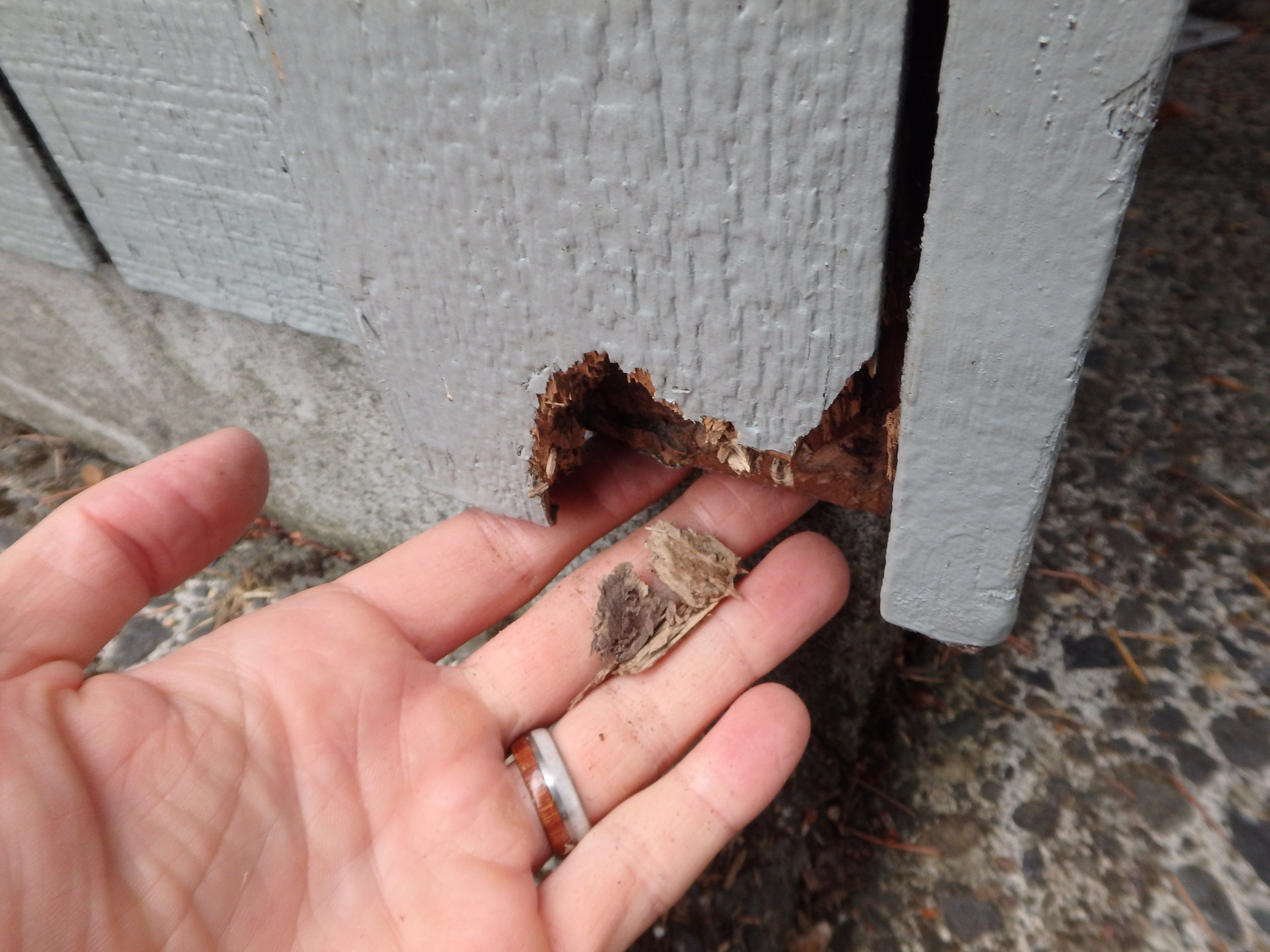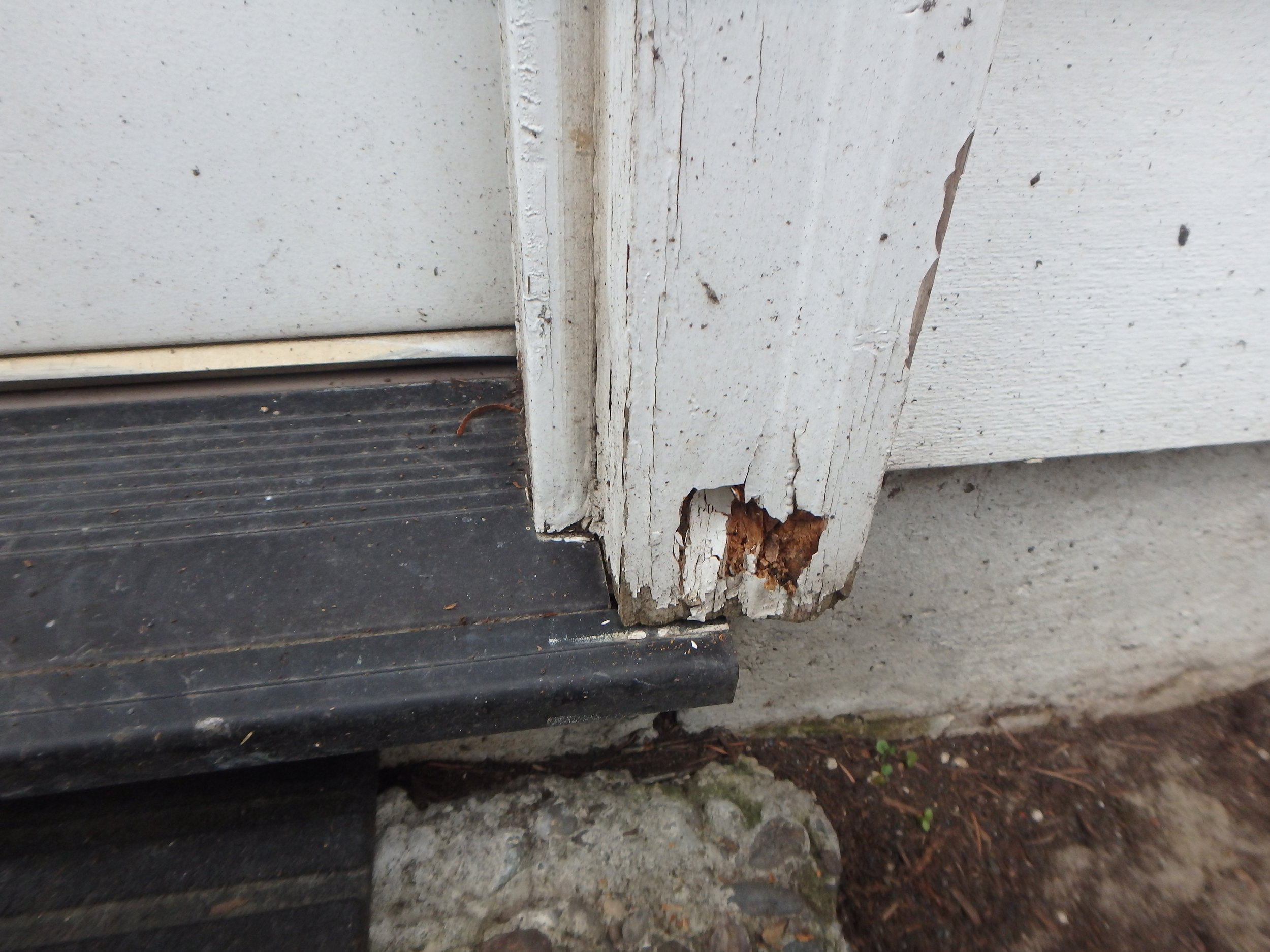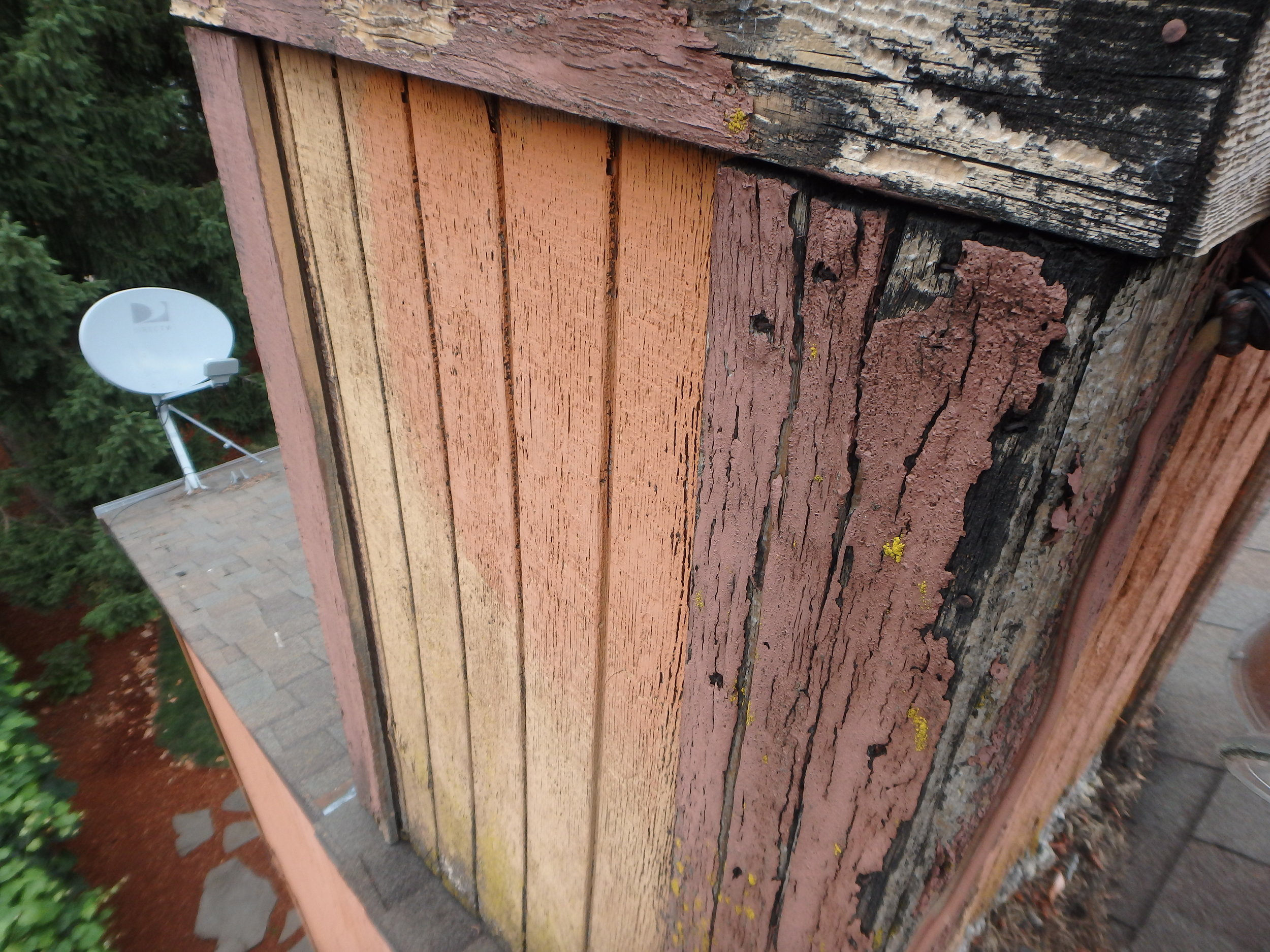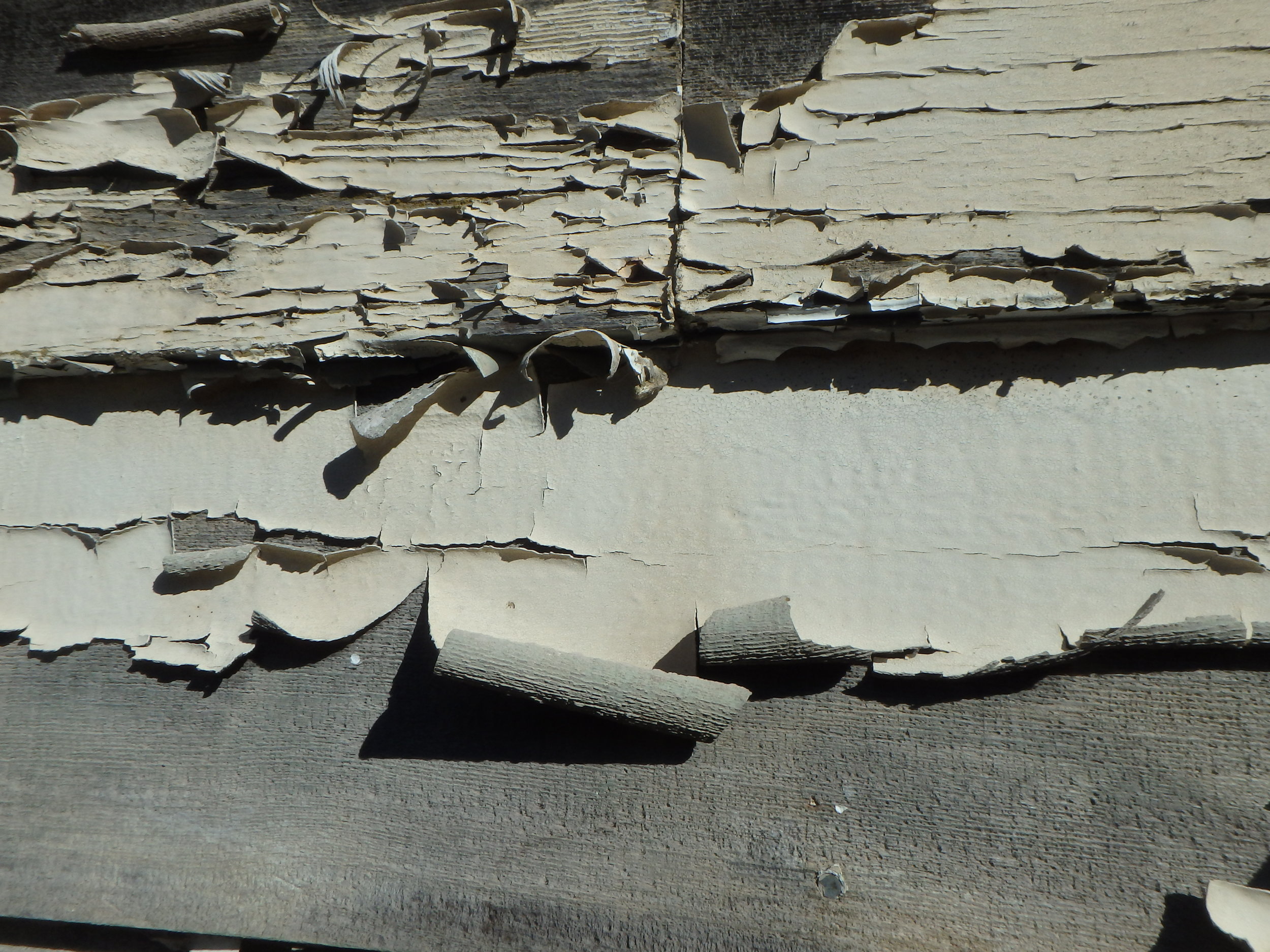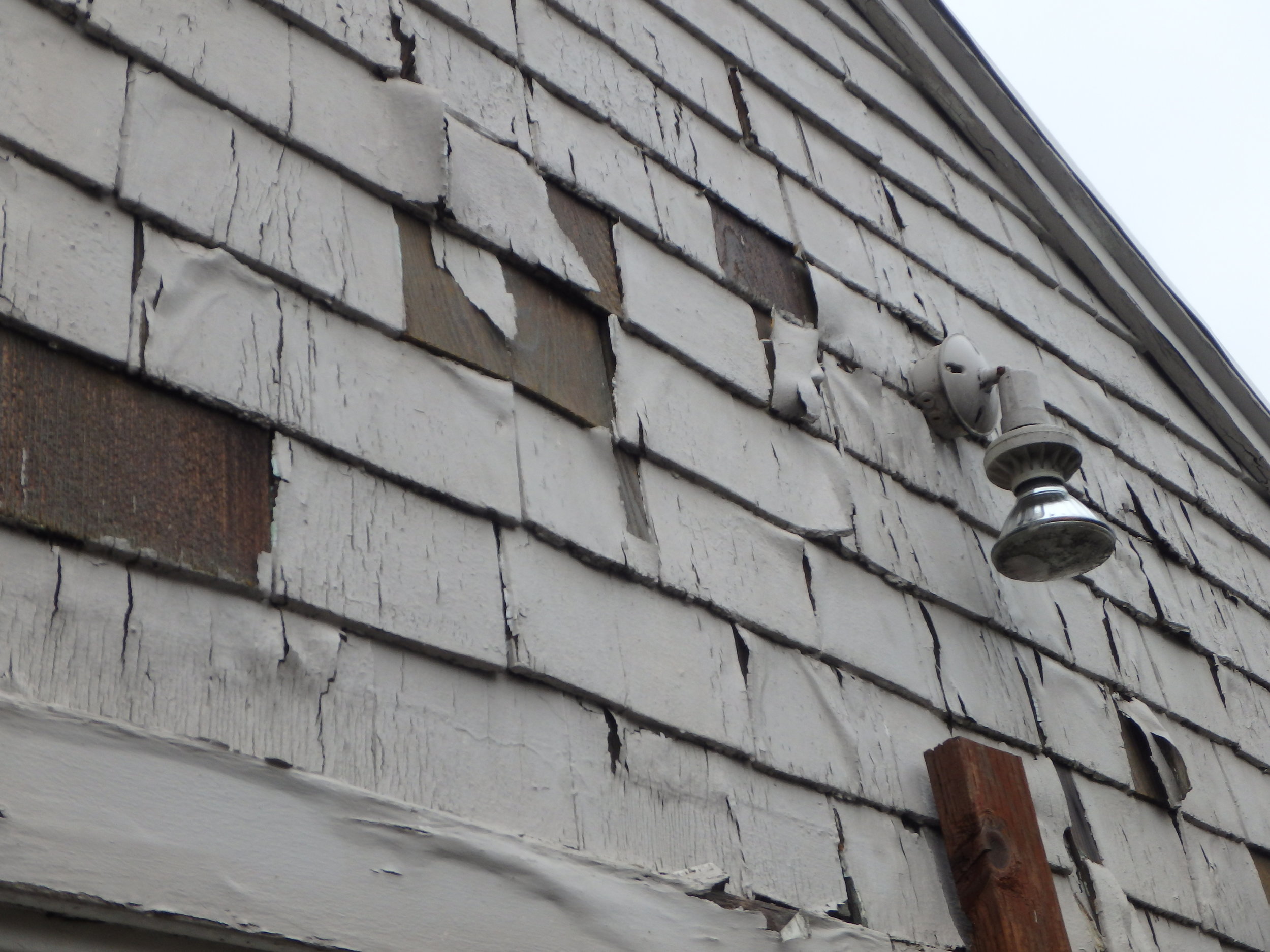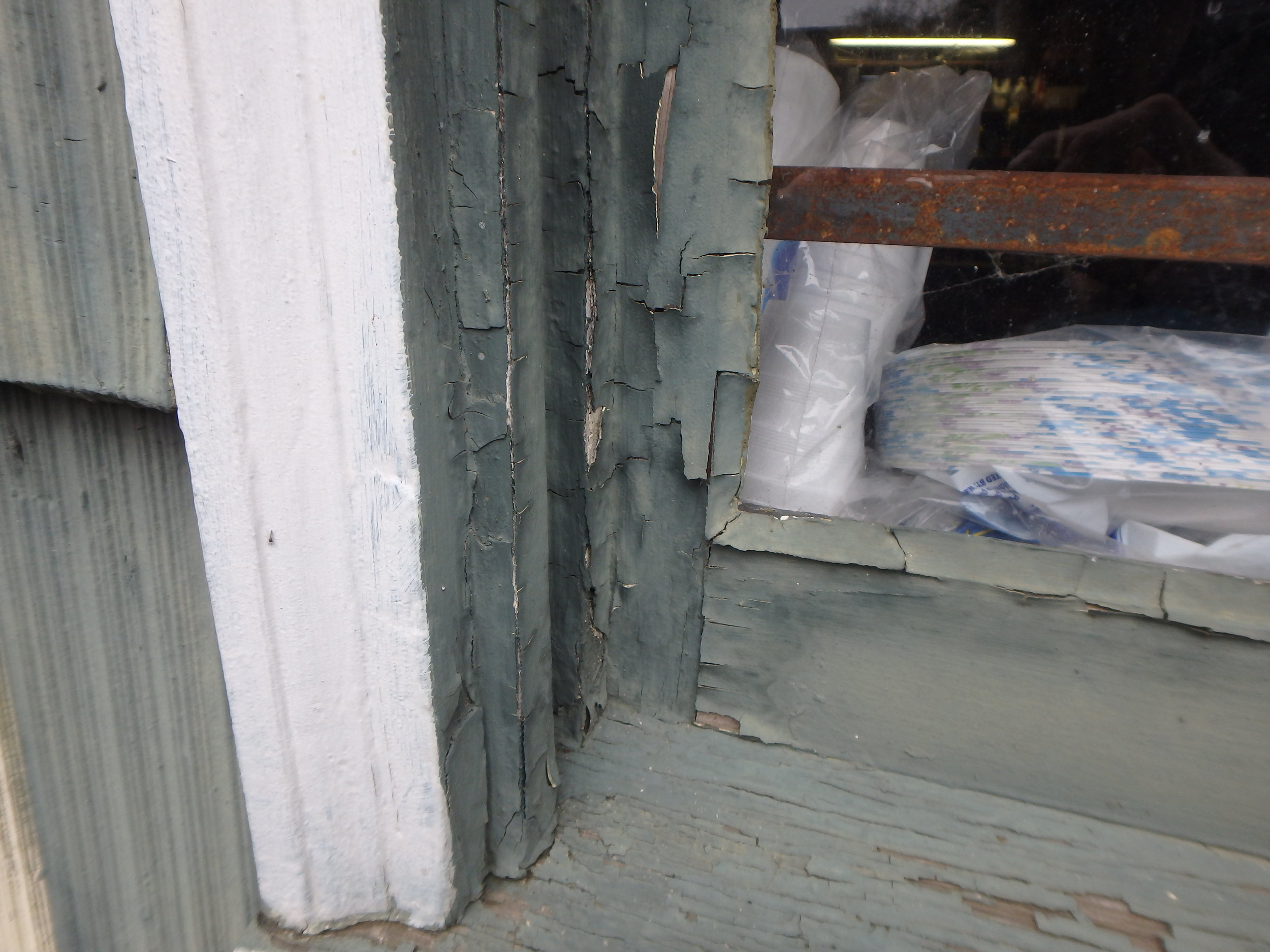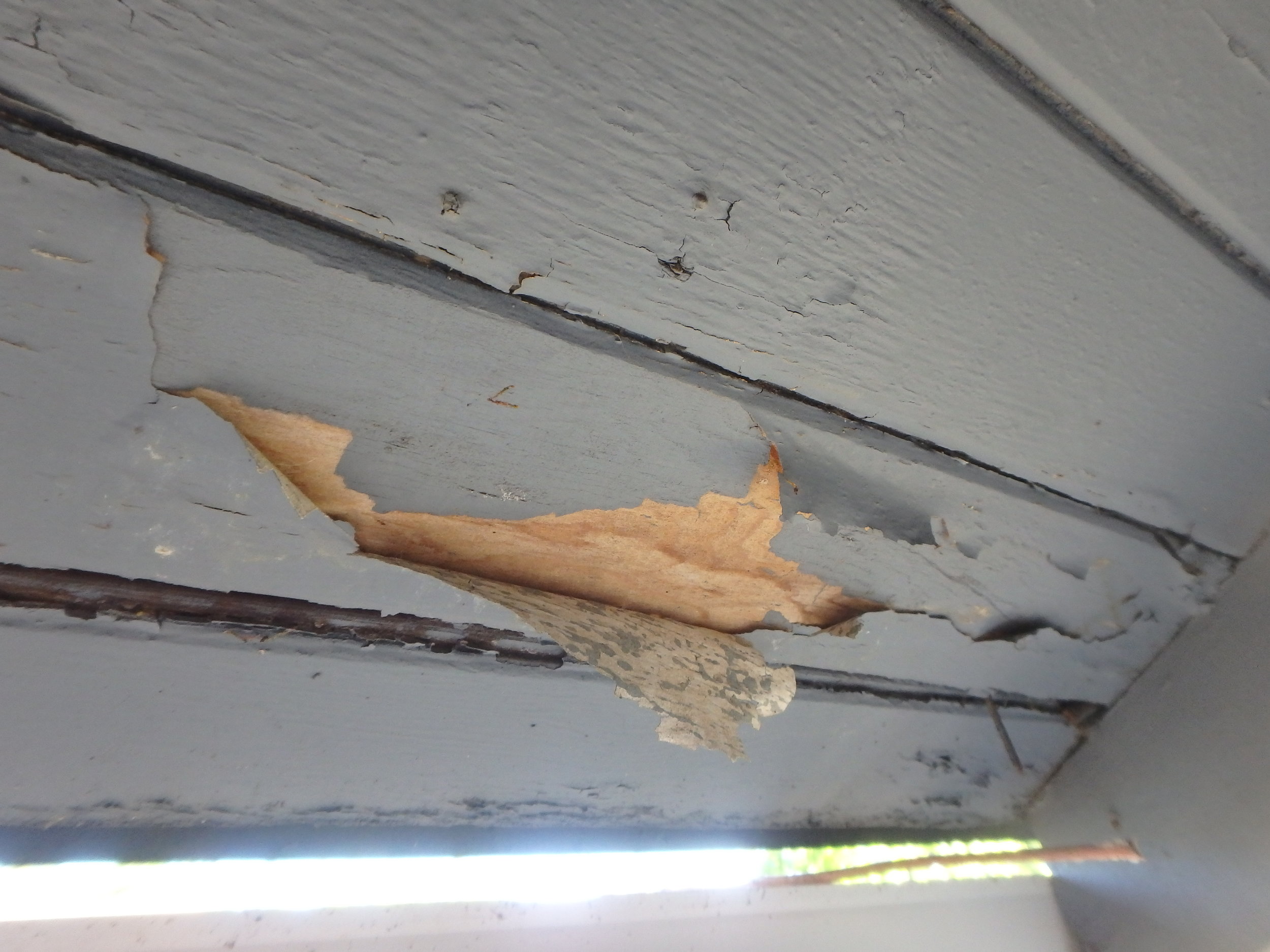Exterior Defects
The exterior of a home is the most extensive and exposed system evaluated during a home inspection. Moisture control is a concern with most systems, but is especially pertinent at the exterior; flaws at the exterior can have serious consequences if not addressed in a timely manner.
Damaged siding
Siding acts as a rain screen, effectively protecting exterior wall framing from water exposure. When siding is damaged, an opening is created in the exterior envelope and moisture issues follow.
insufficient clearances
Siding should maintain a 1-2” clearance from concrete slabs and a 6” clearance from soil/landscaping. Failure to maintain these clearances can lead to moisture wicking and rot.
Unsealed Intersections
The intersections of dissimilar materials need to be sealed with a high quality, flexible sealant to prevent water intrusion into exterior walls. Penetrations through the exterior envelope must also be sealed carefully and effectively. Small openings can lead to large amounts of damage over time.
Rot
Many siding and trim materials on homes are wood or wood based. When these materials are not maintained and protected, they decompose due to excessive moisture absorption and retention. Rotten materials can then allow rain to access previously concealed areas, such as exterior wall framing.
Paint Flaws
Peeling and thinned exterior paint can lead to premature failure of wood siding and trim. Older homes tend to have lead based paints, which further complicates the issue. Lead is a neurotoxin and peeling lead paints must be dealt with carefully.
